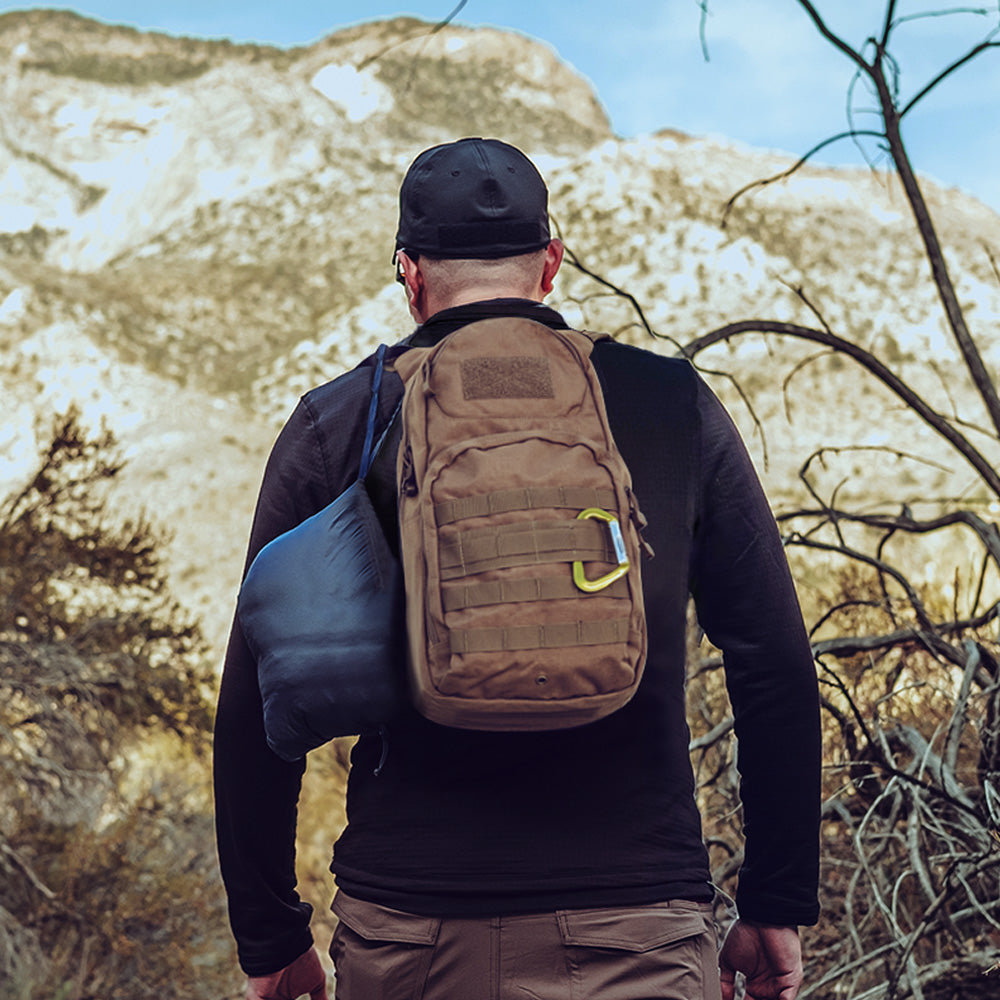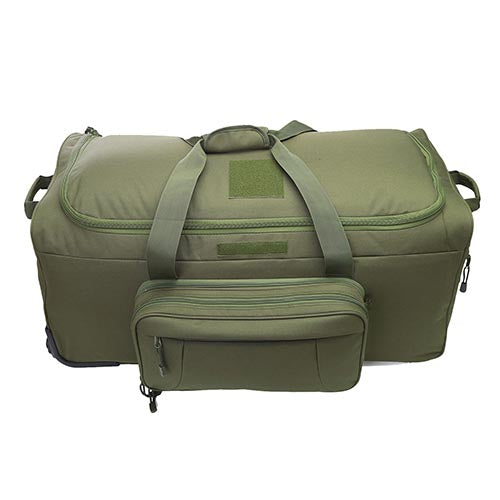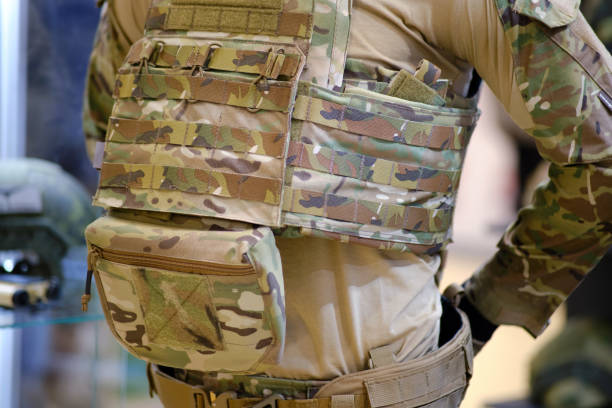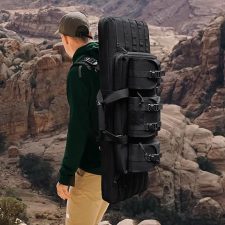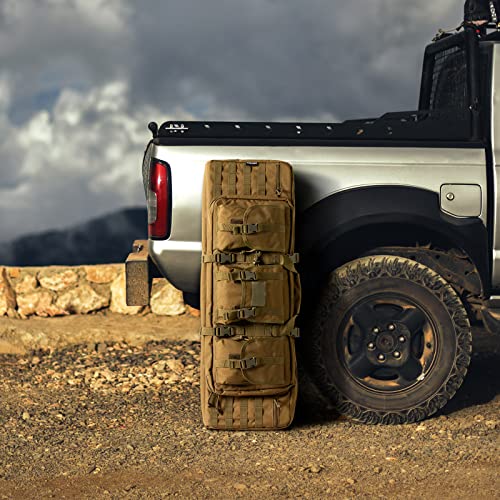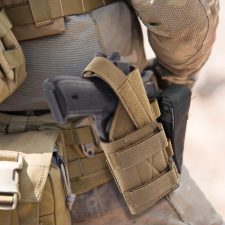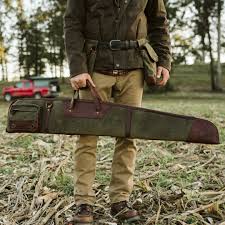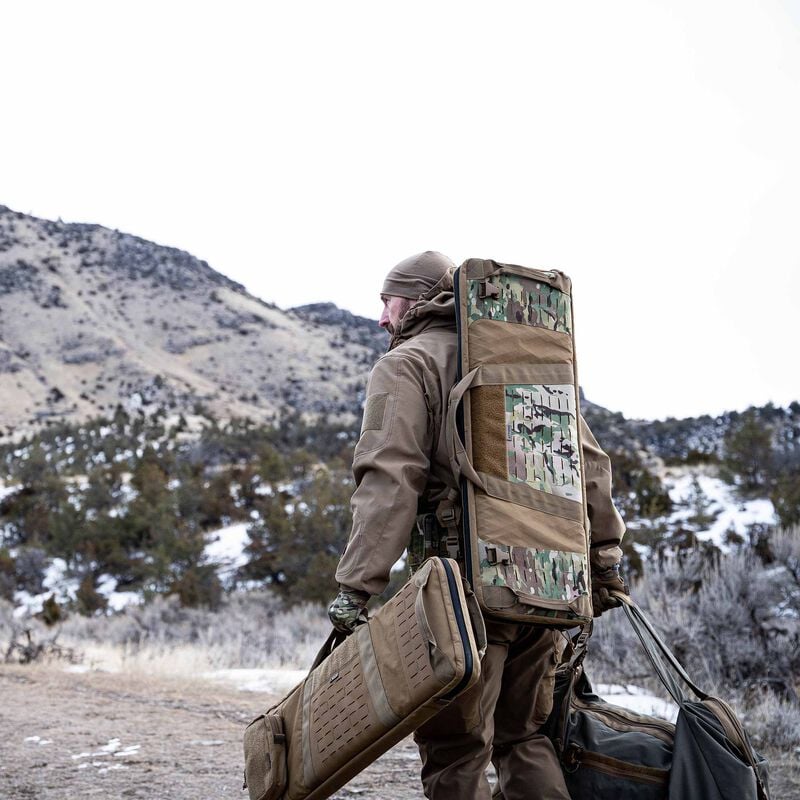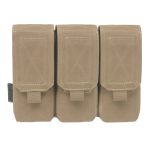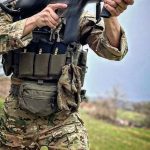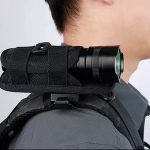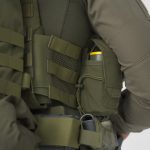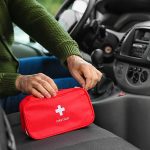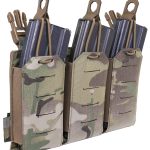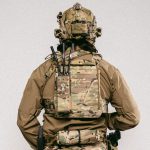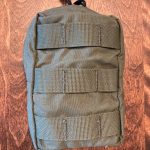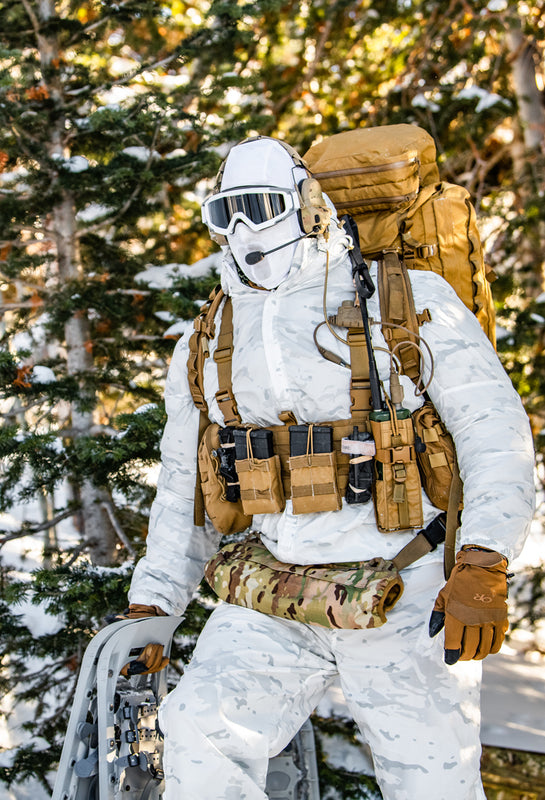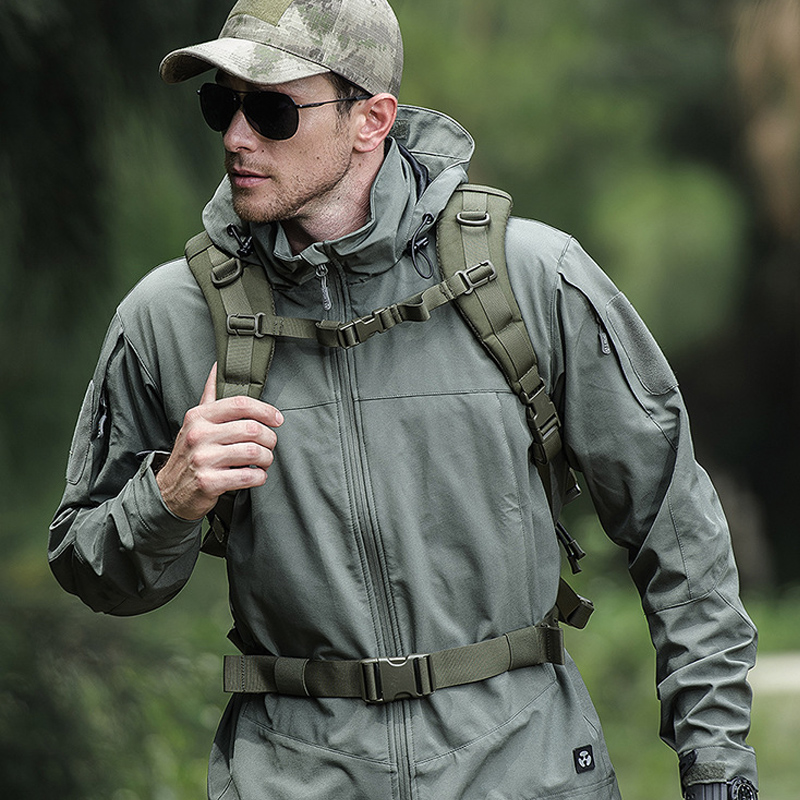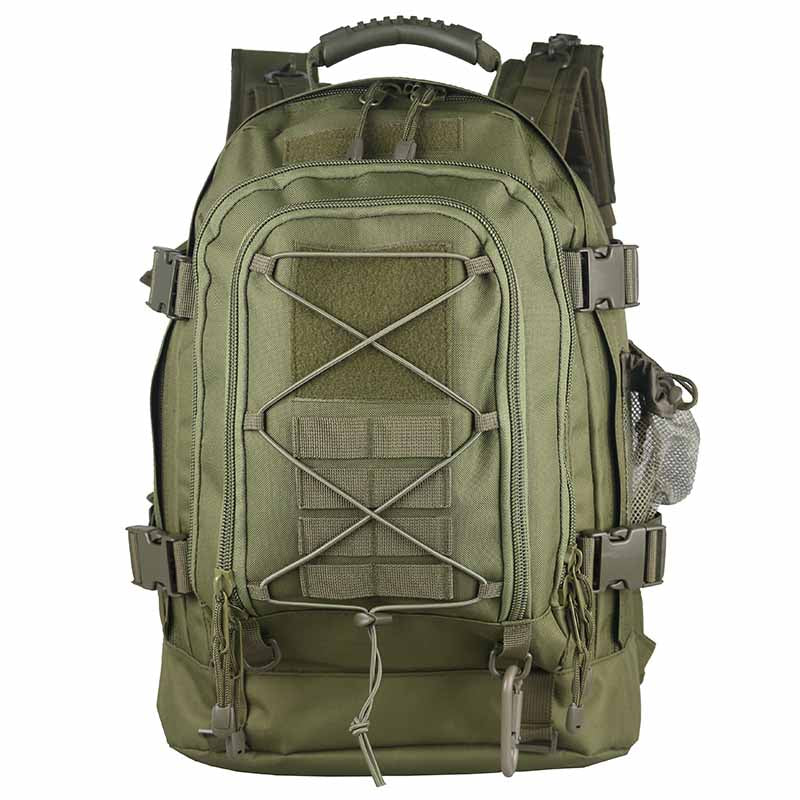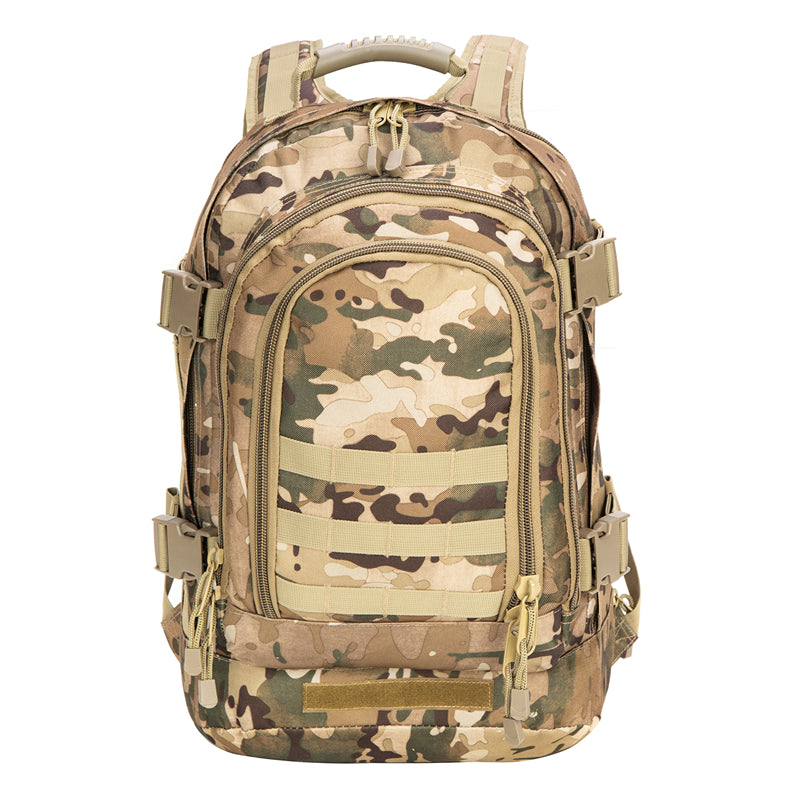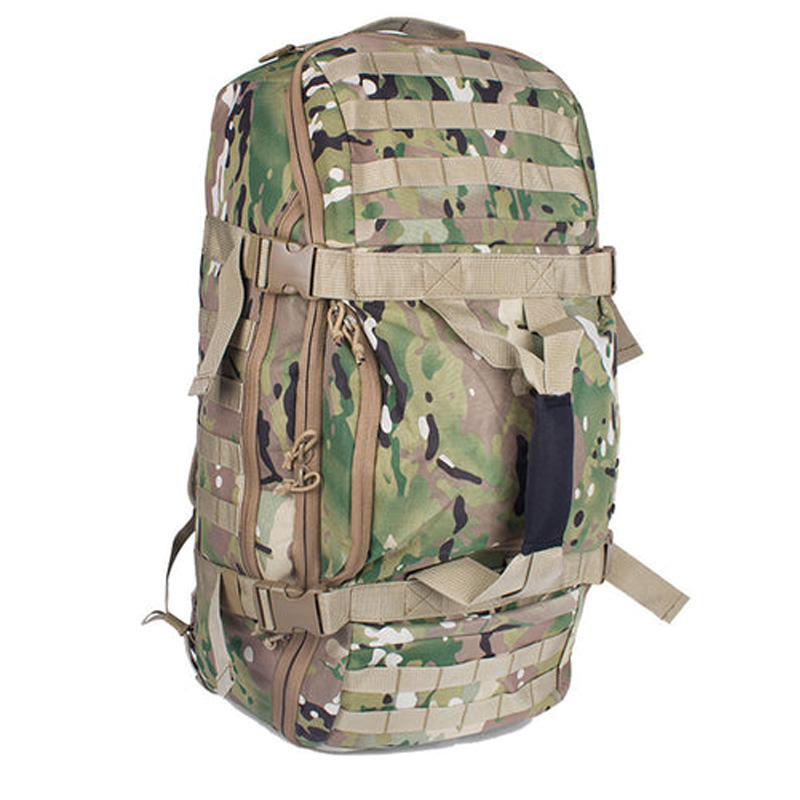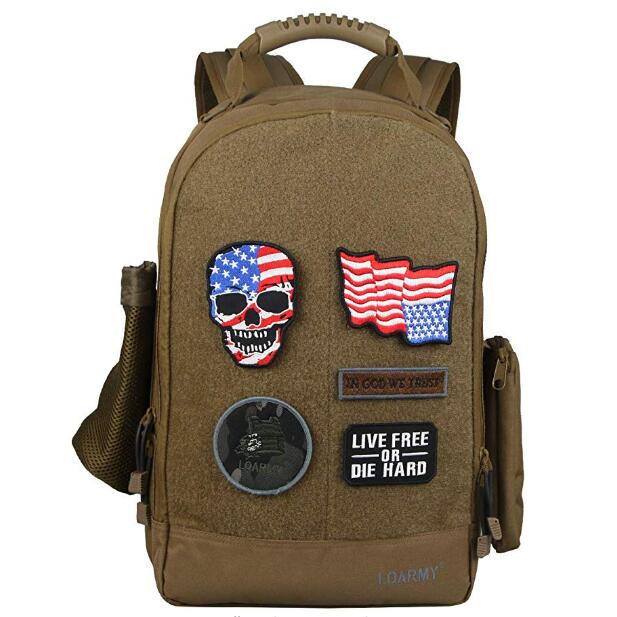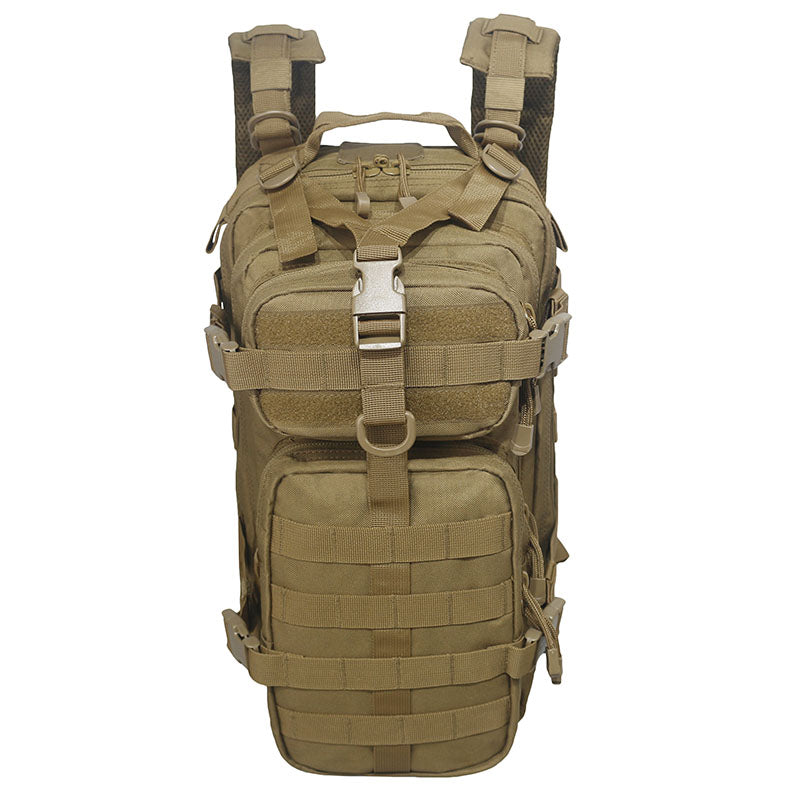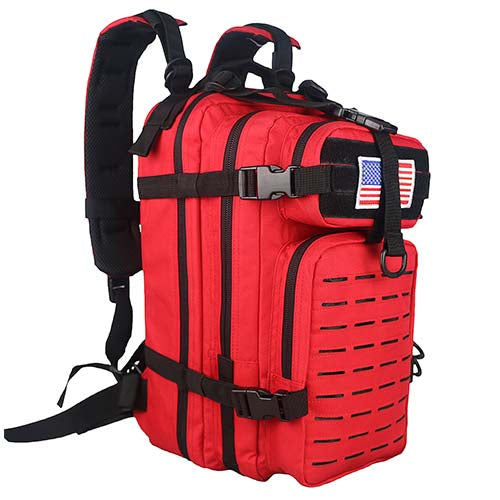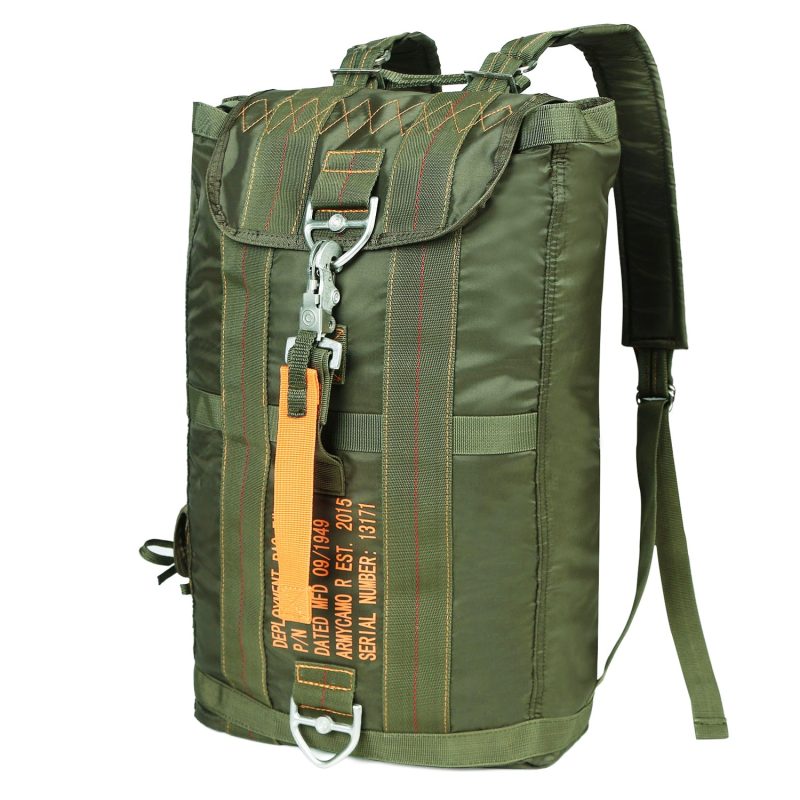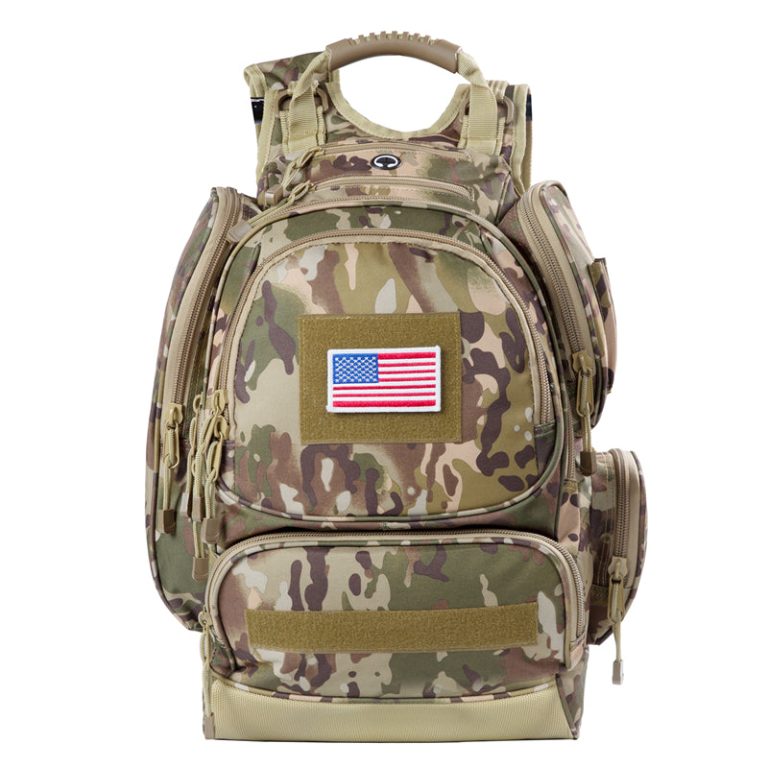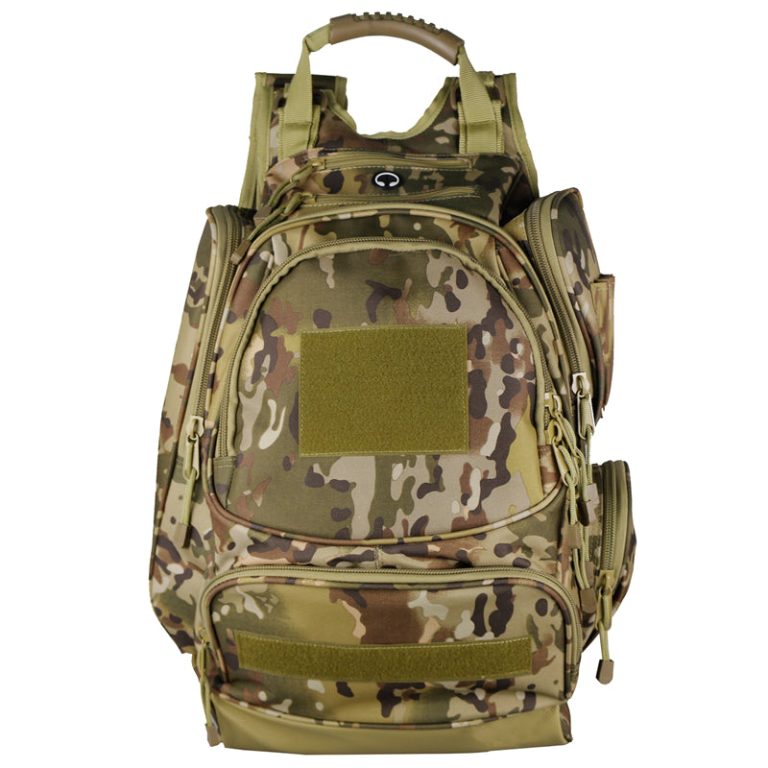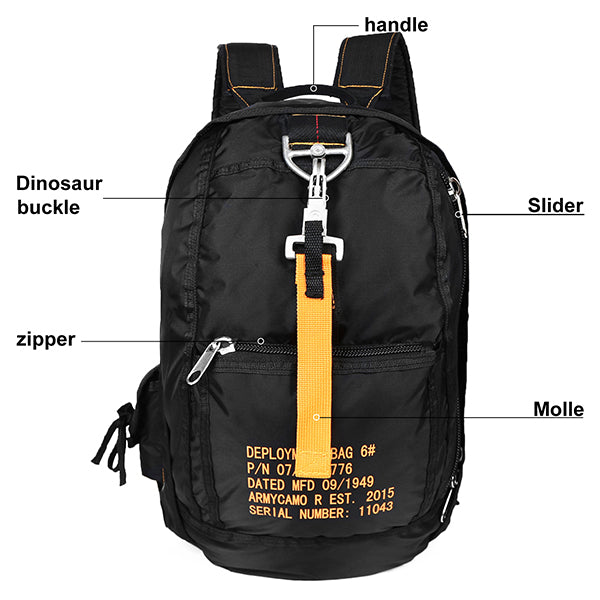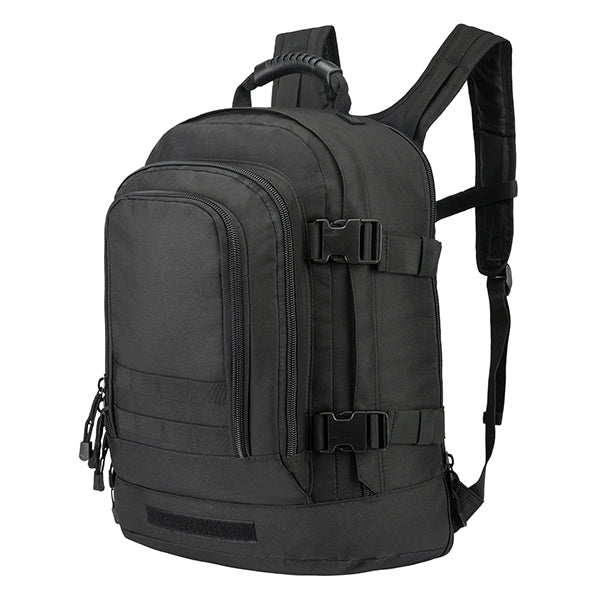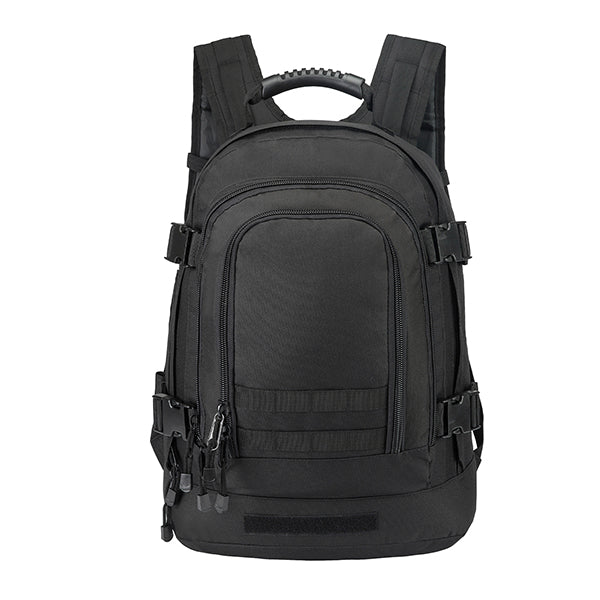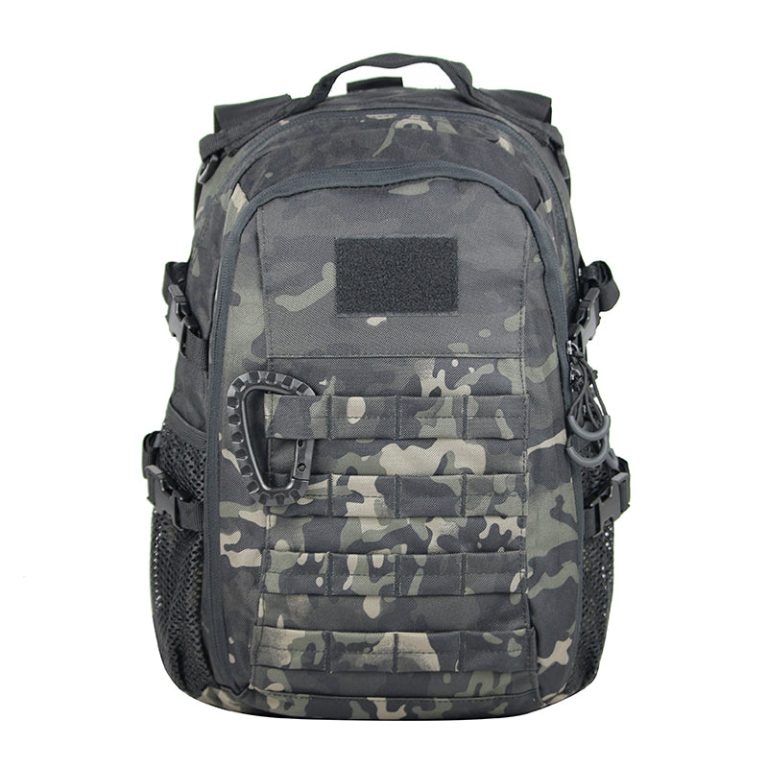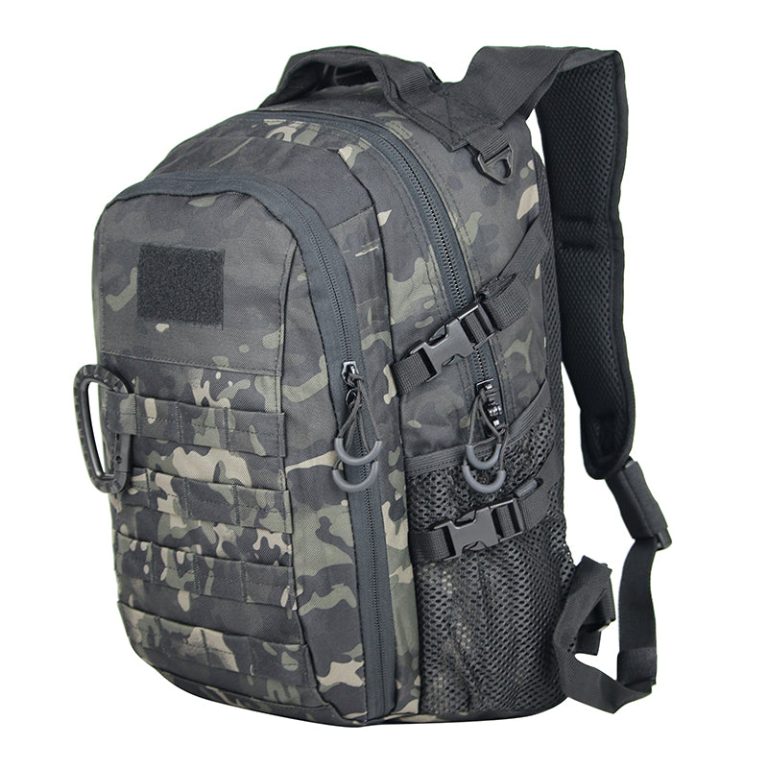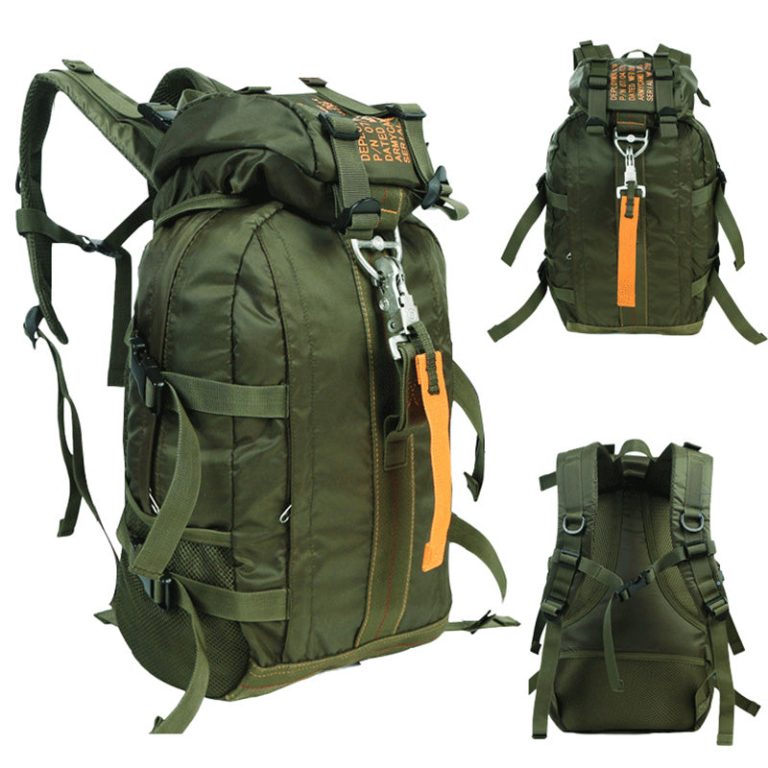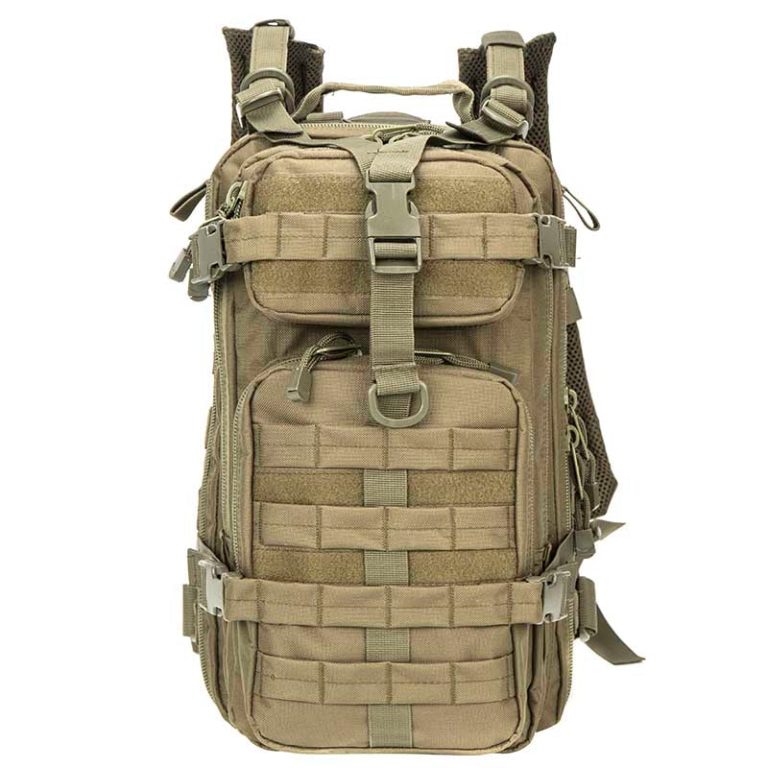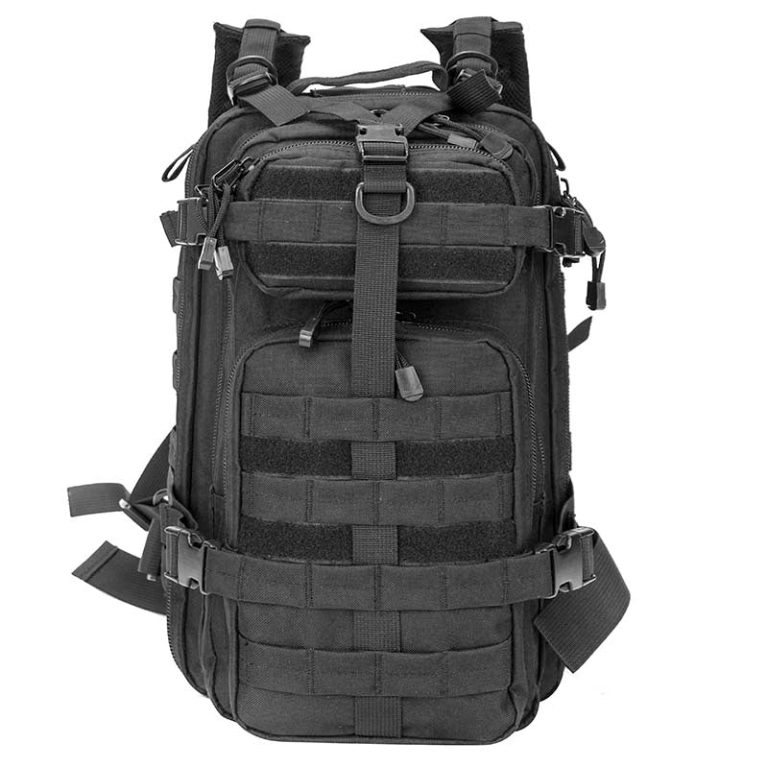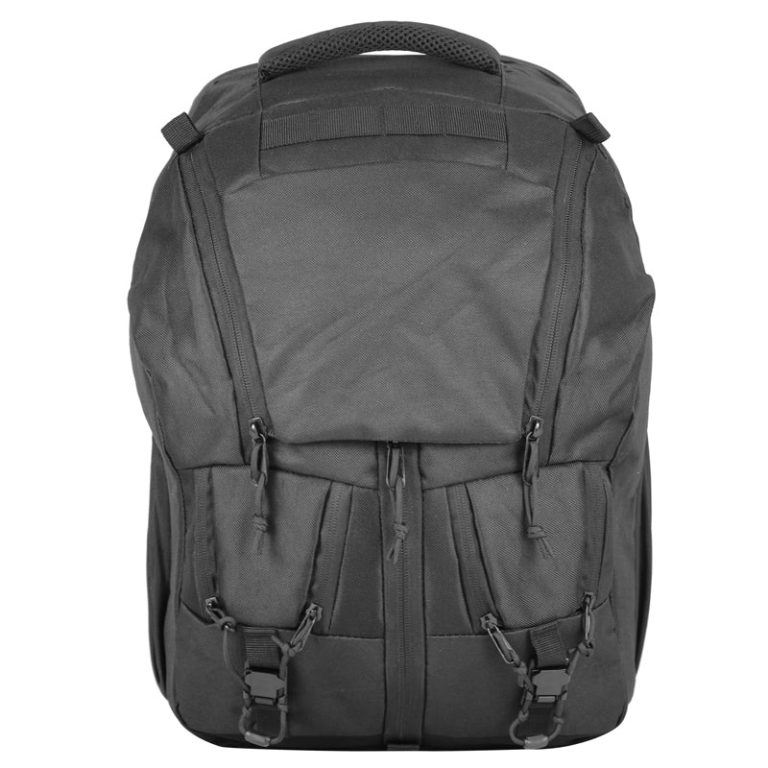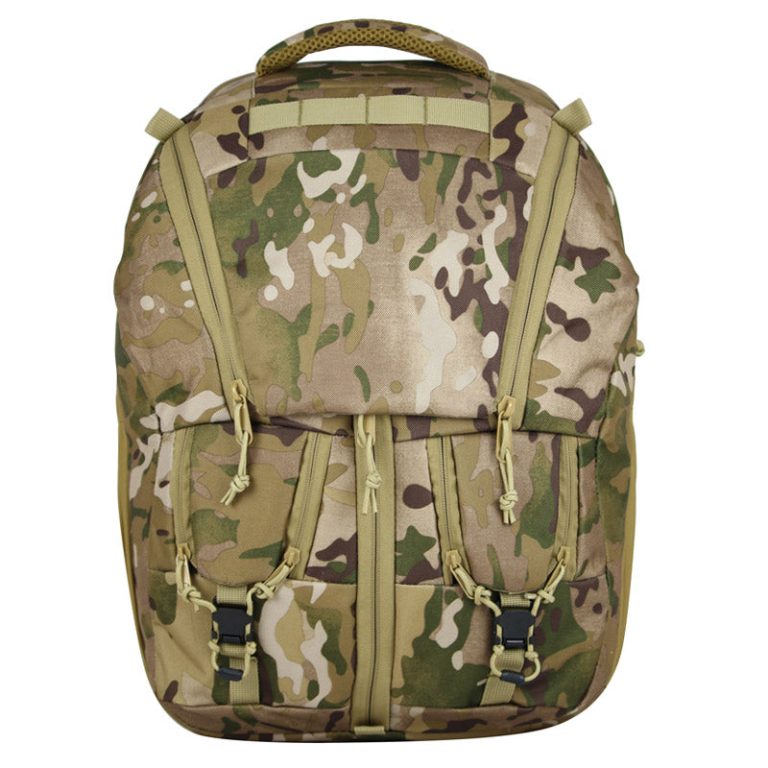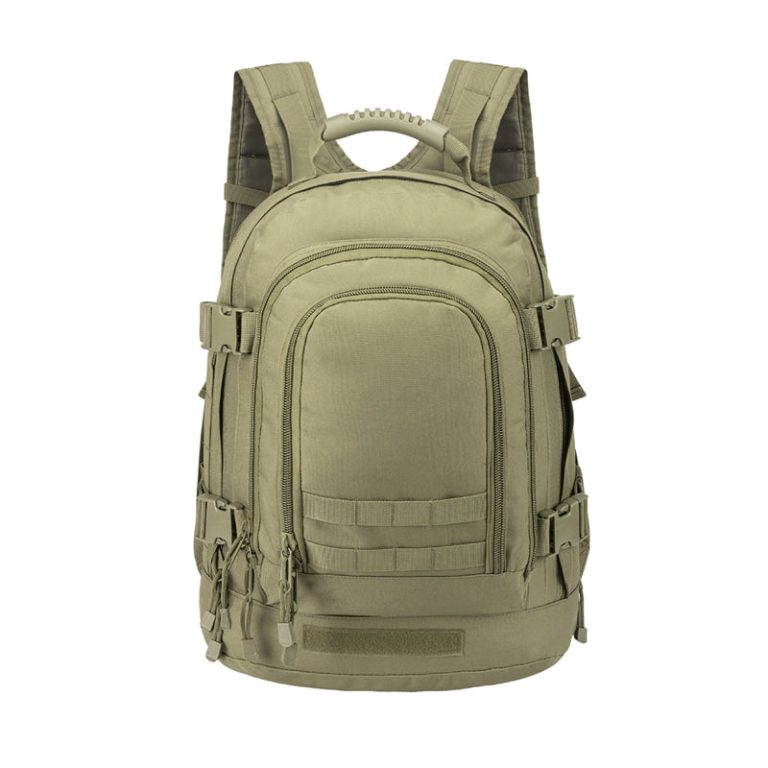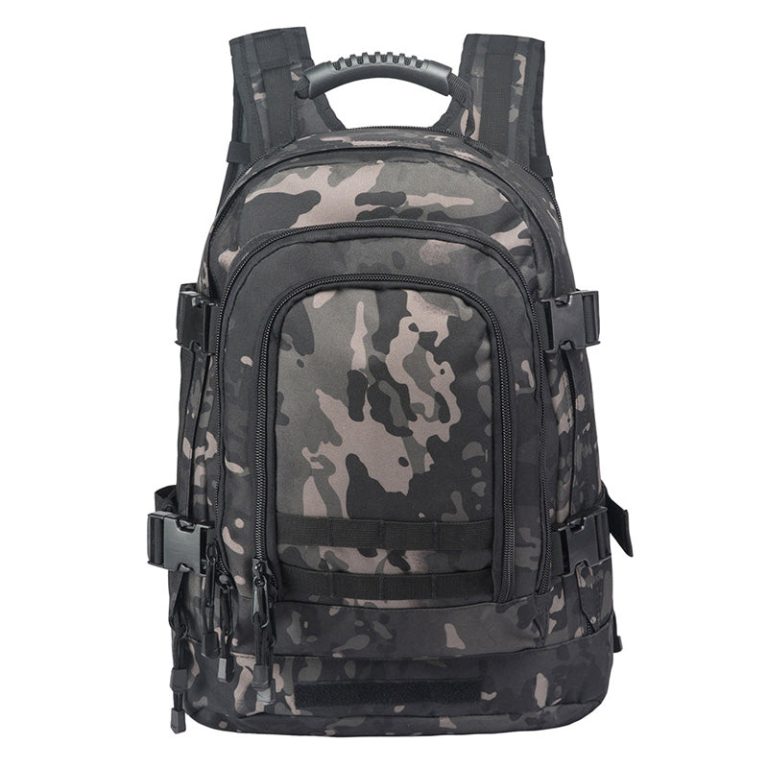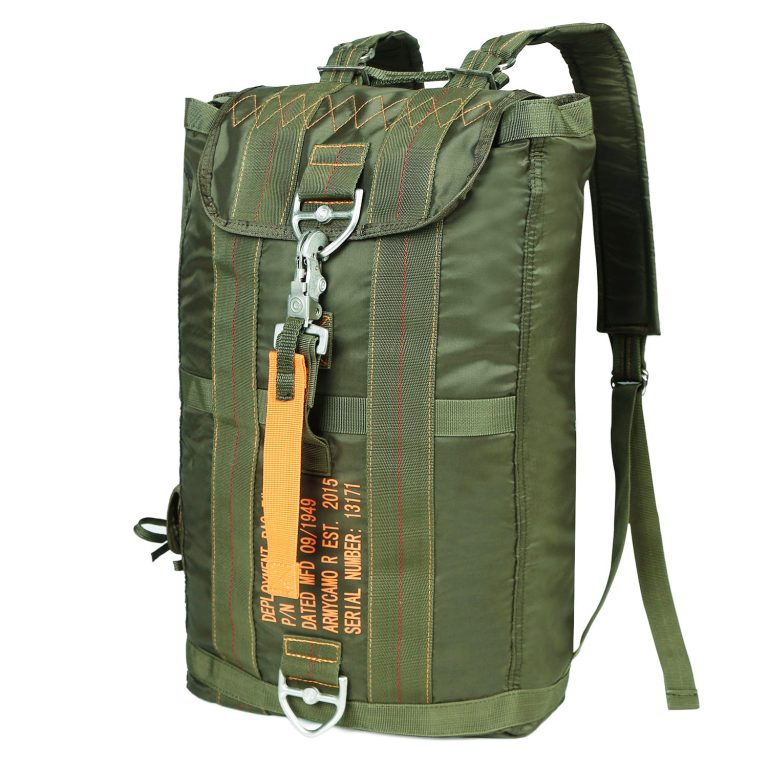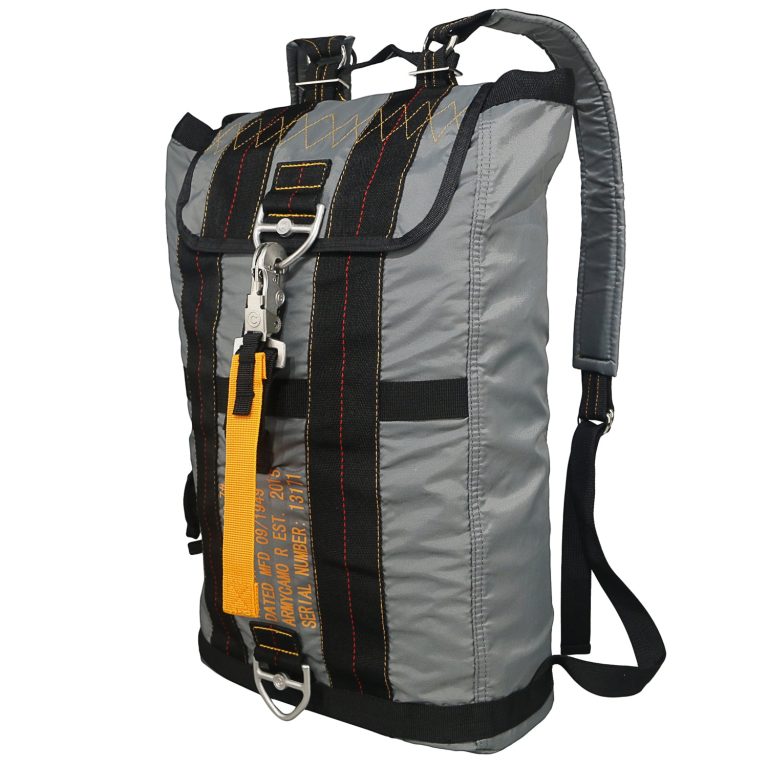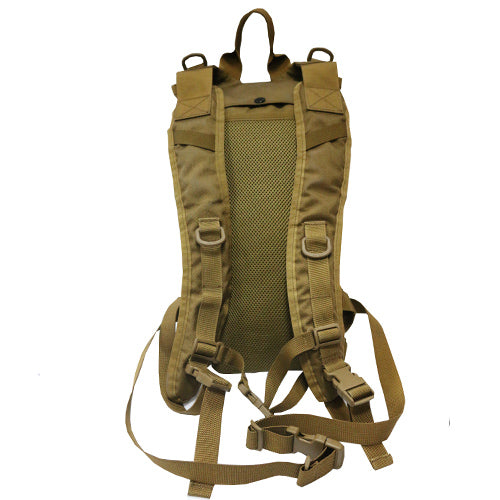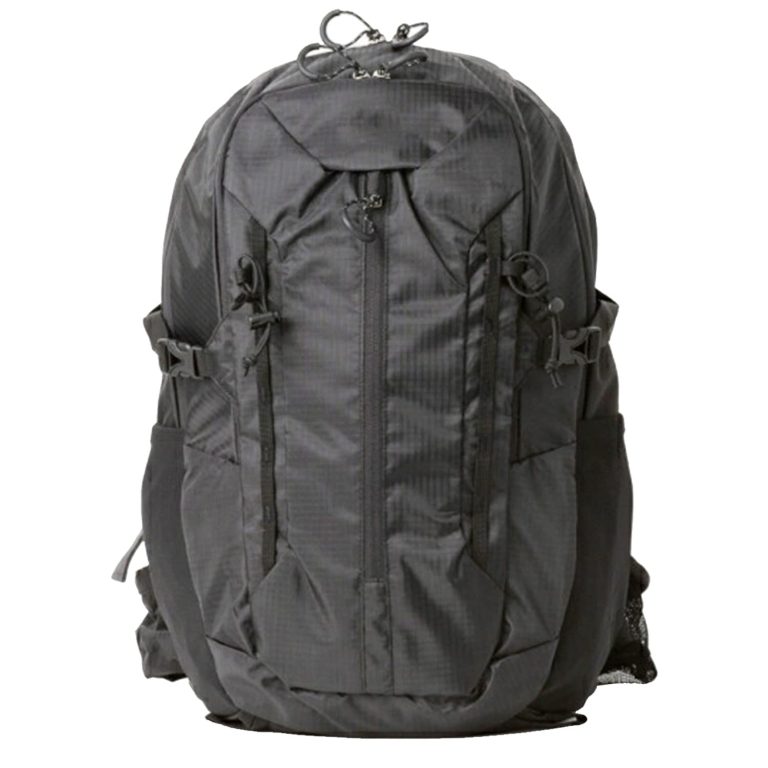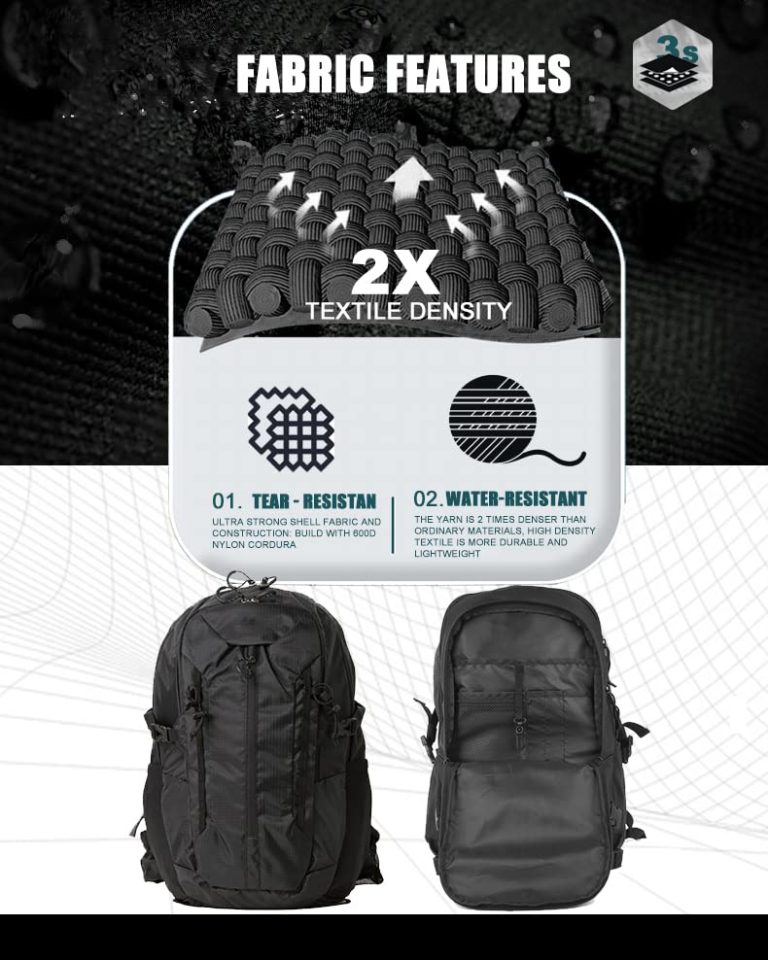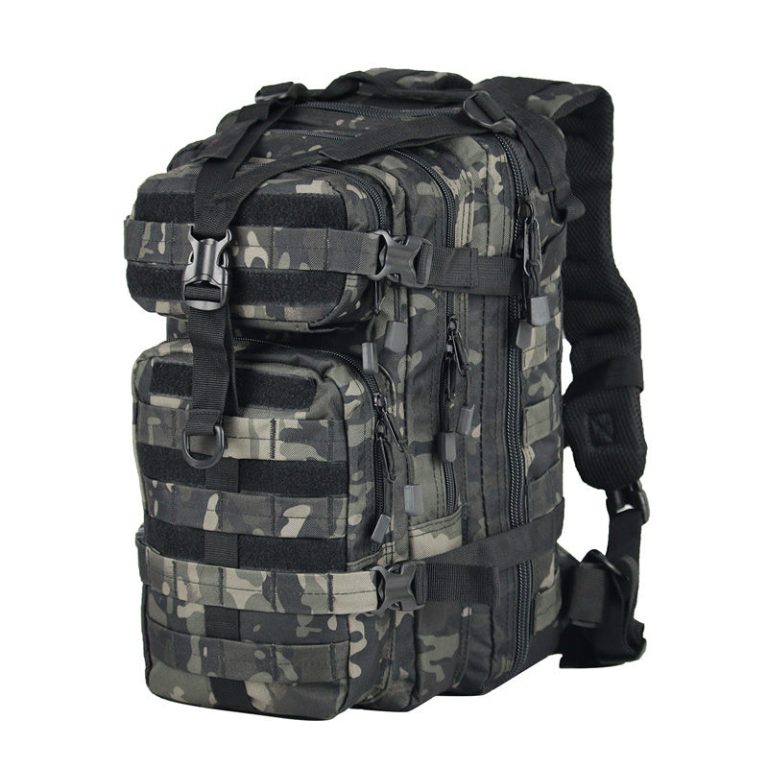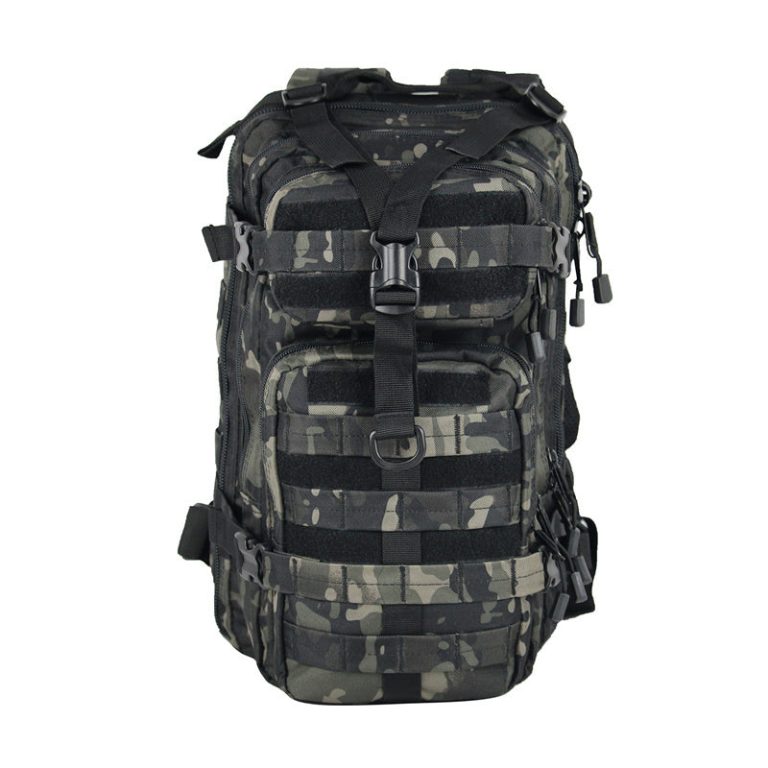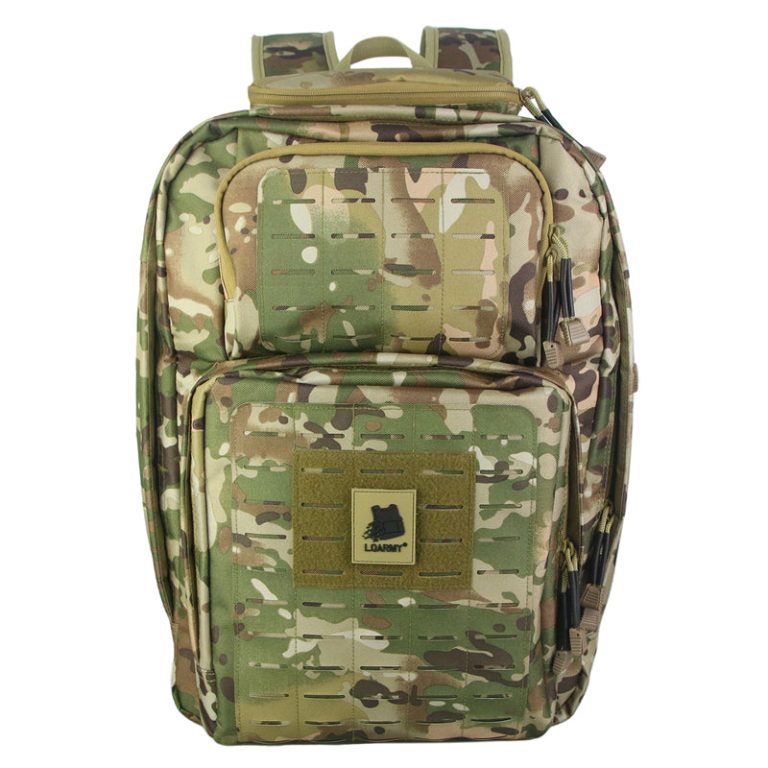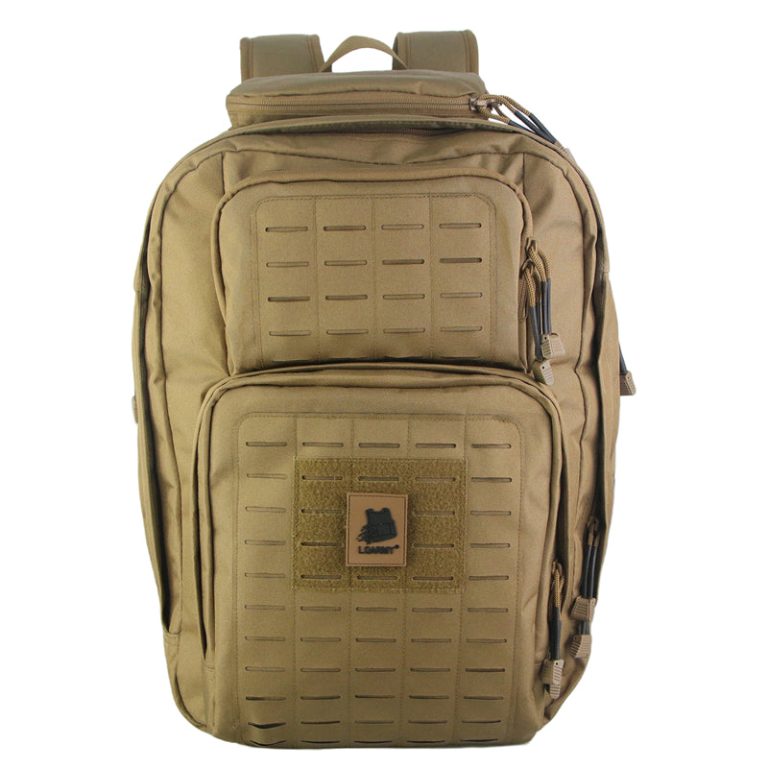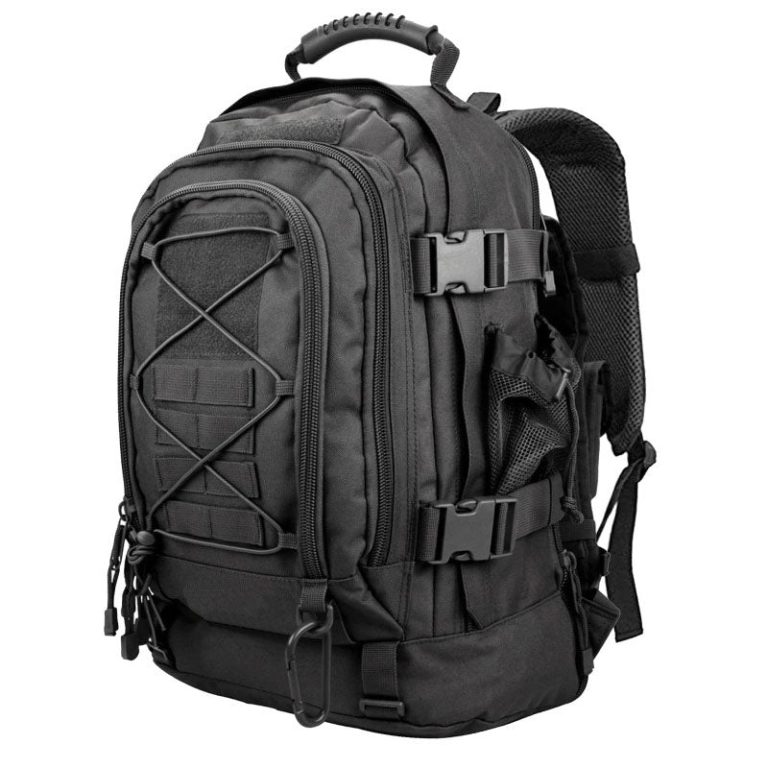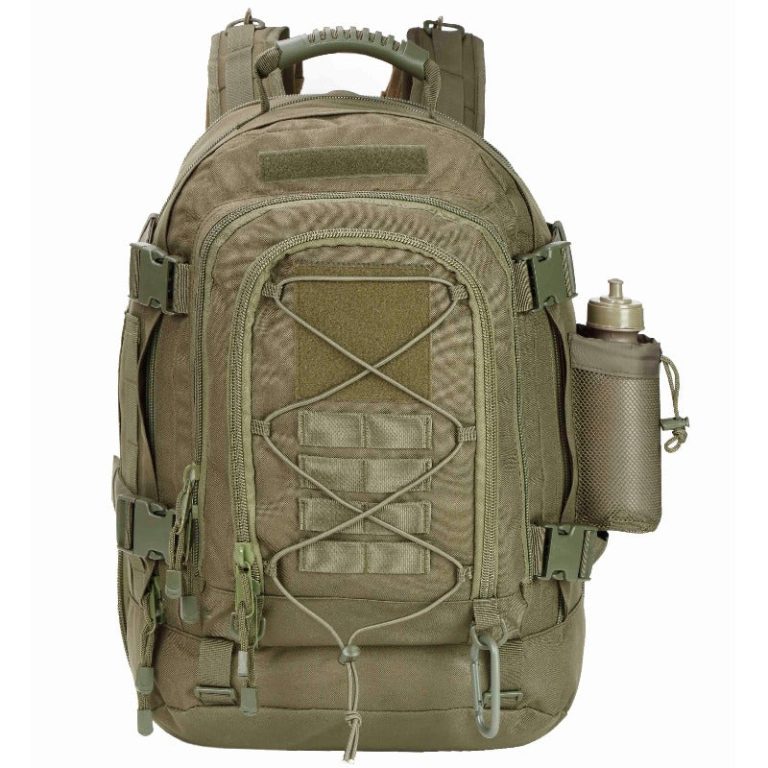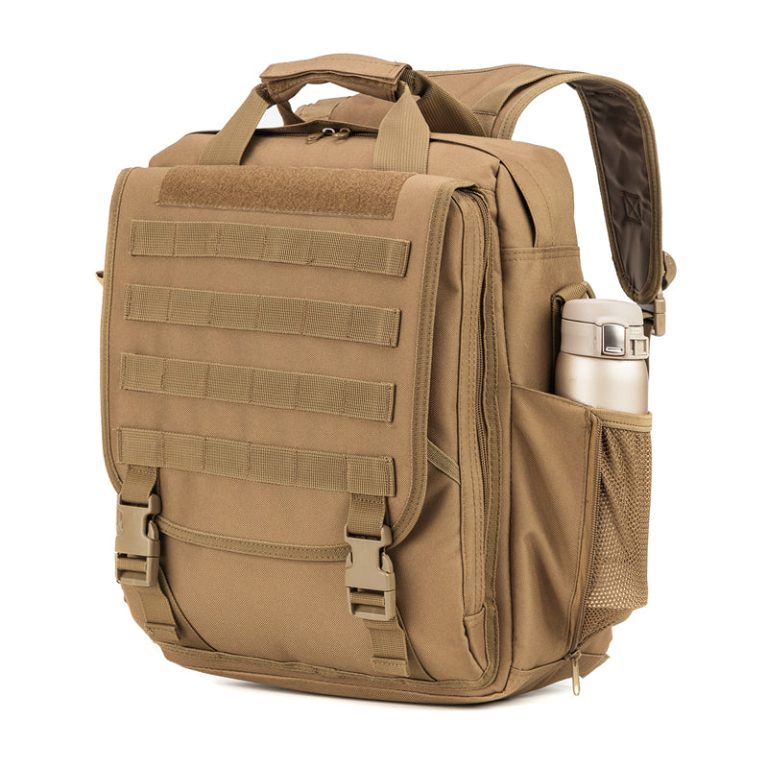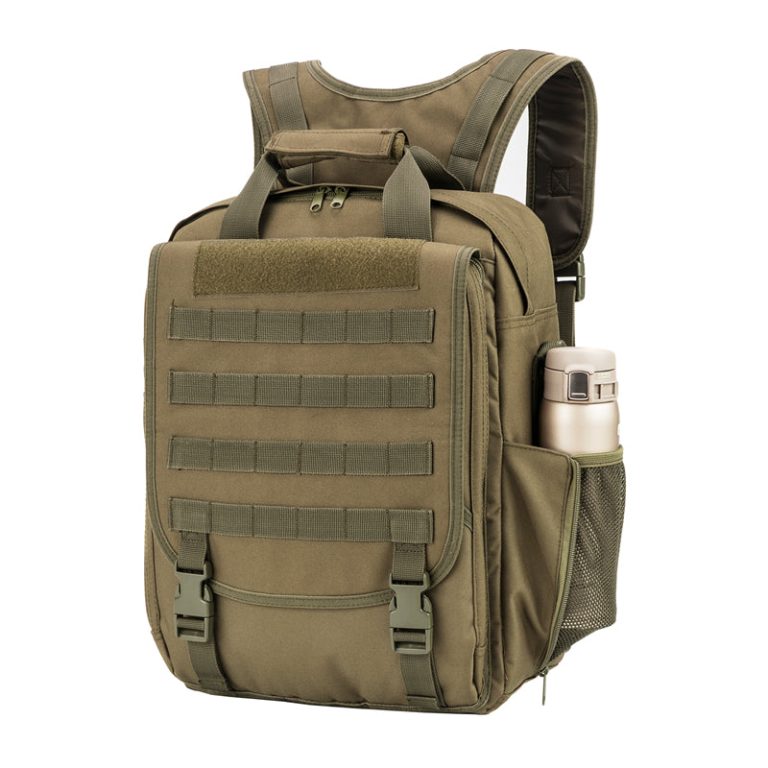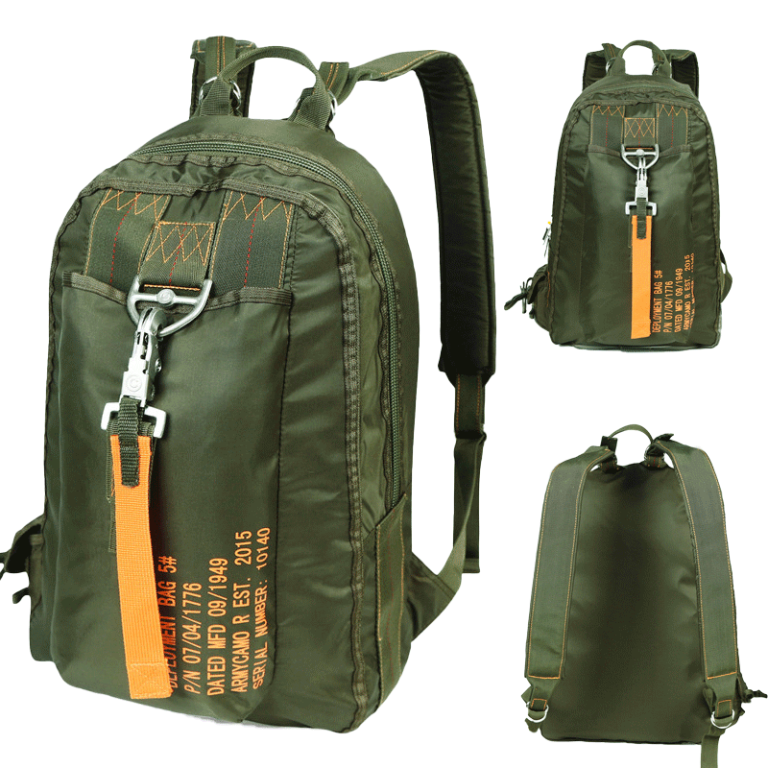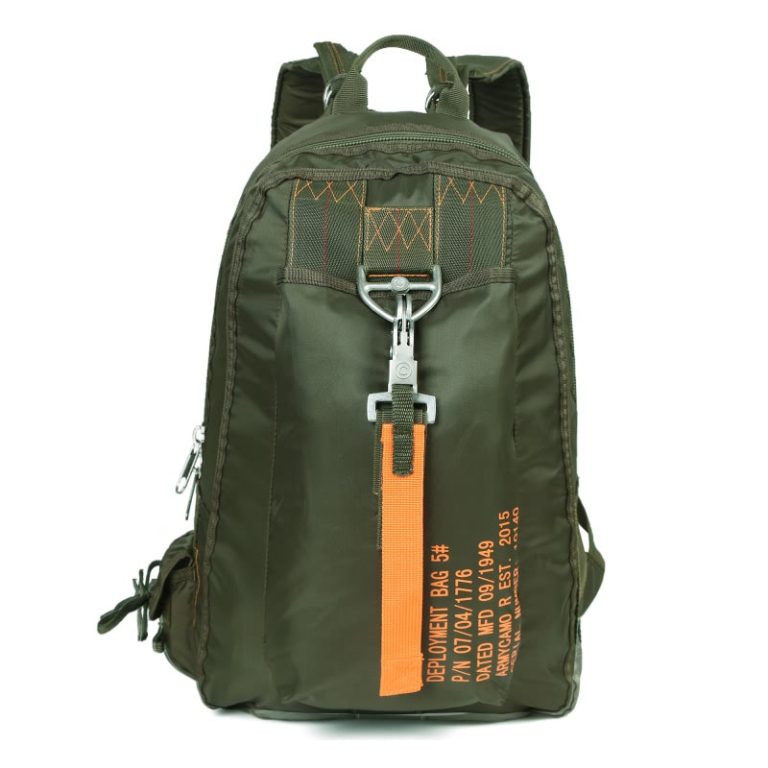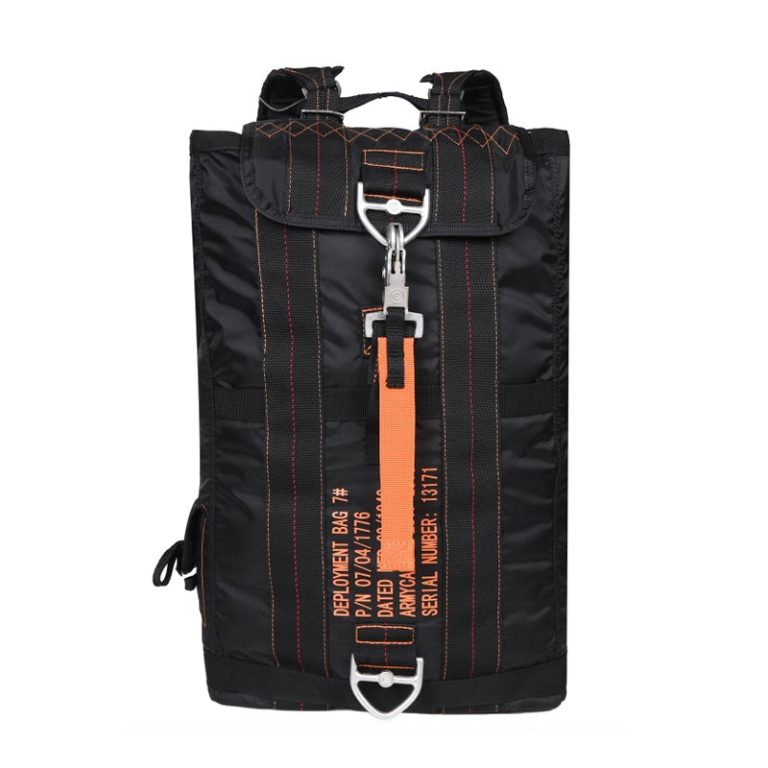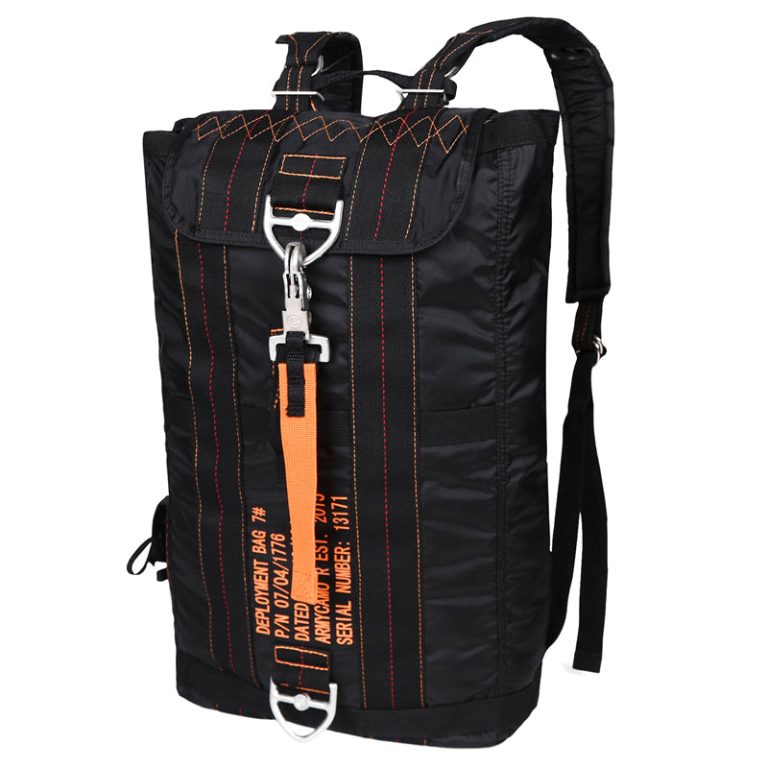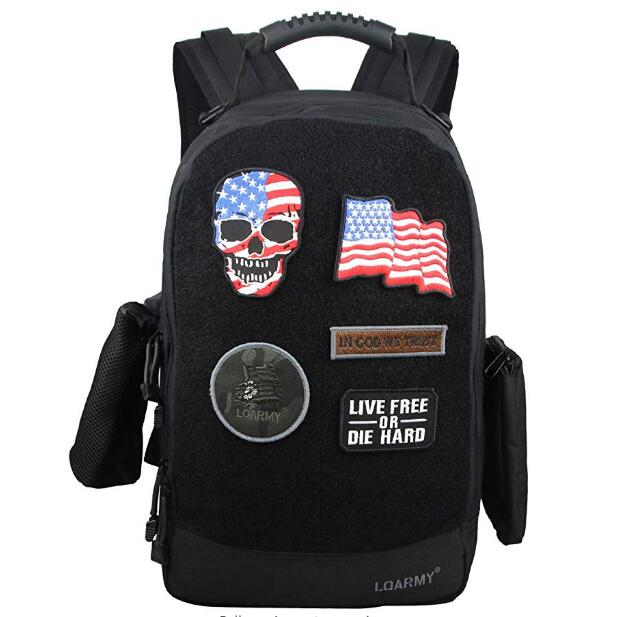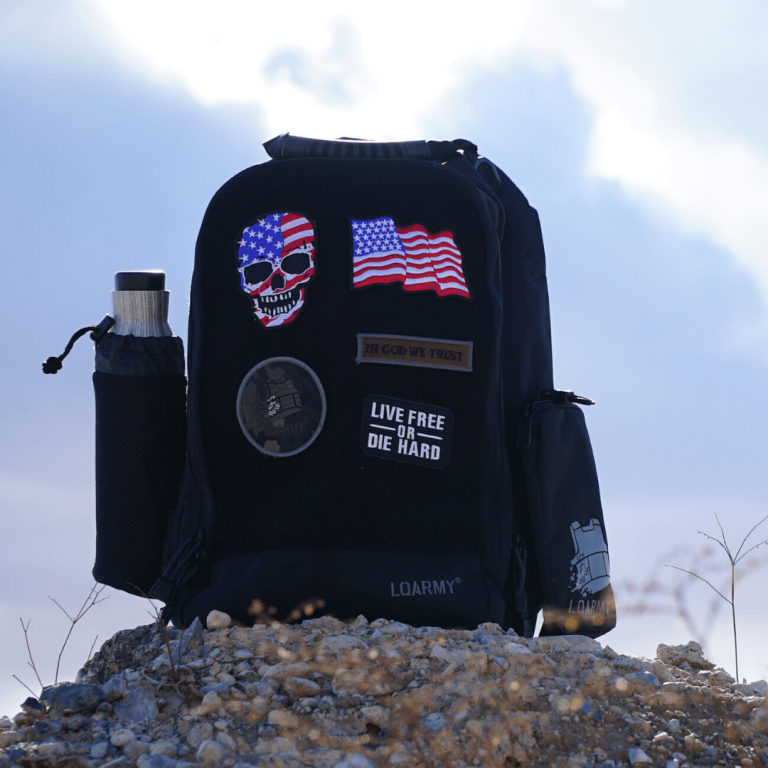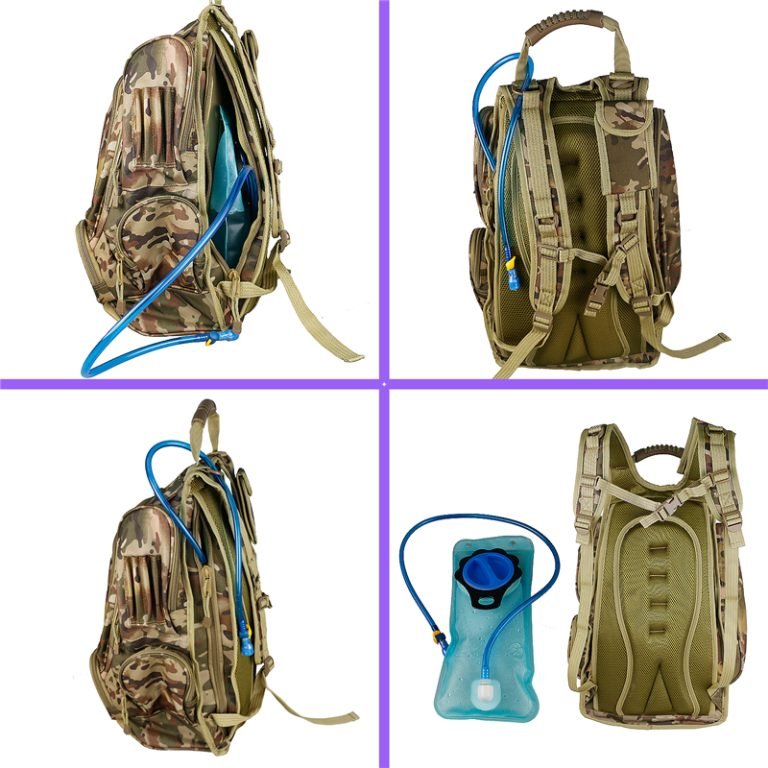LEADING BUSINESS-TO-BUSINESS (B2B) WHOLESALE DISTRIBUTOR
All Categories
Tactical Backpack
Tactical bags
-
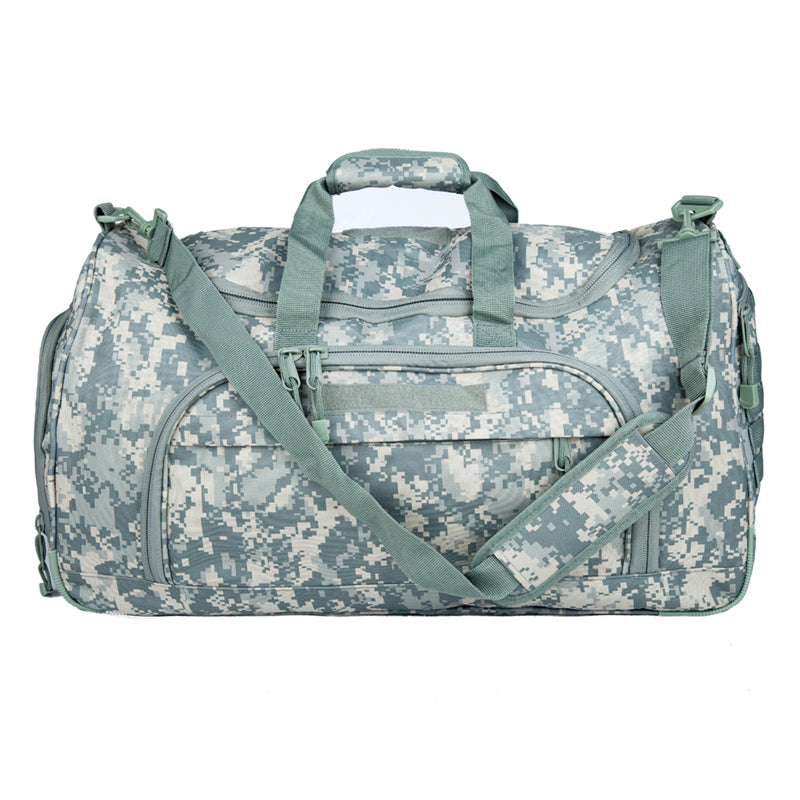 ARMYCAMO | Wolfwarriorx | L&Q army Travel Duffle Bag with Shoes Compartment
ARMYCAMO | Wolfwarriorx | L&Q army Travel Duffle Bag with Shoes Compartment
$47.13Original price was: $47.13.$32.99Current price is: $32.99.
-
Body Armor
Gun Bags
MOLLE Pouches
Tactical Clothing
Tactical Accessories
All Products
THE HIGHEST DISCOUNT UP TO 60%
If you are a professional or want to work with us for a long time, please quickly register the account belonging to your identity after successfully registering and logging into your account to enjoy the exclusive identity price (the highest discount up to 60%)
LARGE STOCKS IN USA WAREHOUSES
Our products have passed EU and USA certification standards
Tactical Backpack
Crafted from high-quality materials, our Tactical Backpack ensures durability that stands up to the toughest challenges. With a thoughtfully organized interior, it provides ample space for your essentials, from gadgets to gear, all within easy reach. Multiple compartments and pockets cater to your organizational needs, allowing you to navigate your day with efficiency and ease.
Striking the perfect balance between form and function, the Tactical Backpack boasts a sleek and contemporary design. The blend of robust construction and stylish detailing sets it apart, making a bold statement wherever your adventures take you. Its ergonomic design ensures comfort during extended wear, making it suitable for both intense outdoor activities and urban escapades.
Professionals or distributors
TO GET FURTHER DISCOUNTS! SIGN UP
Filter by price
Filter by color
 BlackBlack 19
BlackBlack 19- GrayGray 1
- GreenGreen 17
- RedRed 1
 ACUACU 5
ACUACU 5 BlackCamoBlackCamo 12
BlackCamoBlackCamo 12 CamoCamo 10
CamoCamo 10 CoyoteCoyote 10
CoyoteCoyote 10 CP-CamCP-Cam 8
CP-CamCP-Cam 8 Dark Brown AtacsDark Brown Atacs 1
Dark Brown AtacsDark Brown Atacs 1- Desert Italy Camo 1
 FG AtacsFG Atacs 1
FG AtacsFG Atacs 1 French CamoFrench Camo 1
French CamoFrench Camo 1 GreyGrey 16
GreyGrey 16 Italian CamoItalian Camo 1
Italian CamoItalian Camo 1 Light Brown AtacsLight Brown Atacs 1
Light Brown AtacsLight Brown Atacs 1 Light GreenLight Green 1
Light GreenLight Green 1- MIX Italy Camo 1
 OD Green DigitalOD Green Digital 2
OD Green DigitalOD Green Digital 2- Shallow Green Ash 1
 TanTan 3
TanTan 3
Filter by size
- medium 1
Top rated products
-
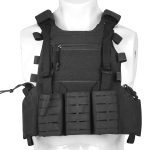 Advanced Laser-Cut Tactical Vest with Plate Carrier
$52.00
Advanced Laser-Cut Tactical Vest with Plate Carrier
$52.00
-
 ARMYCAMO Parachute Backpack
ARMYCAMO Parachute Backpack
$51.41Der ursprüngliche Preis war: $51.41.$35.99Der aktuelle Preis ist: $35.99. -
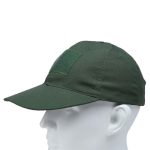 ARMYCAMO | Wolfwarriorx | L&Q army Adjustable Baseball Caps Military Hats
ARMYCAMO | Wolfwarriorx | L&Q army Adjustable Baseball Caps Military Hats
$22.84Der ursprüngliche Preis war: $22.84.$15.99Der aktuelle Preis ist: $15.99.
 Camo
Camo
 CP-Cam
CP-Cam
 Grey
Grey
 ACU
ACU
 Camo
Camo
 Coyote
Coyote
 Grey
Grey
 Camo
Camo
 Coyote
Coyote
 Grey
Grey
 ACU
ACU
 Camo
Camo
 Coyote
Coyote
 CP-Cam
CP-Cam
 Grey
Grey
 Camo
Camo
 Coyote
Coyote
 Grey
Grey
 ACU
ACU
 Camo
Camo
 CP-Cam
CP-Cam
 Grey
Grey
 Tan
Tan
 Grey
Grey
 Tan
Tan
 Camo
Camo
 Coyote
Coyote
 Grey
Grey
 CP-Cam
CP-Cam
 Grey
Grey
 OD Green Digital
OD Green Digital
 Tan
Tan
 ACU
ACU
 Camo
Camo
 Coyote
Coyote
 Dark Brown Atacs
Dark Brown Atacs
 FG Atacs
FG Atacs
 French Camo
French Camo
 Grey
Grey
 Italian Camo
Italian Camo
 Light Brown Atacs
Light Brown Atacs
 Light Green
Light Green
 OD Green Digital
OD Green Digital
 Camo
Camo
 Coyote
Coyote
 CP-Cam
CP-Cam
 Grey
Grey
 Grey
Grey
 Grey
Grey
 Coyote
Coyote
 CP-Cam
CP-Cam
 Grey
Grey
Tactical Backpacks: The Complete Guide
What does tactical mean?
In the context of tactical gear, “Tactical” means that the gear is specifically designed for practical use, particularly in military or law enforcement activities, focusing on efficiency, reliability, and versatility in different operational environments.

Key features of tactical backpacks
Durability
Tactical backpacks are typically made from high-quality, rugged materials such as nylon, Cordura, polyester, or other scratch-resistant fabrics to withstand harsh conditions and heavy loads. Reinforced stitching, water-resistant coating, and heavy-duty zippers also ensure the backpack’s longevity.
Large capacity
Tactical backpacks generally have multiple compartments and pockets, providing roomy space for organized storage and allowing for easy access. Many backpacks also have compression straps to help fix the loads when they are not fully packed.
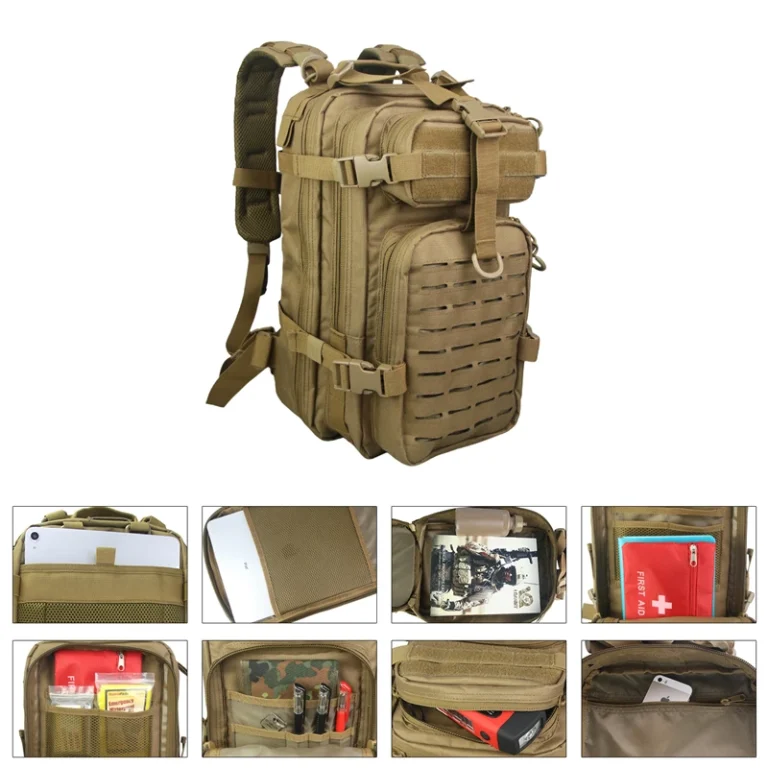
MOLLE system
PALS (Pouch Attachment Ladder System) webbing (or laser-cut panel) on the exterior is an extinguishing feature of tactical backpacks. It enables users to attach additional pouches, holsters, or accessories to the pack based on their specific needs.
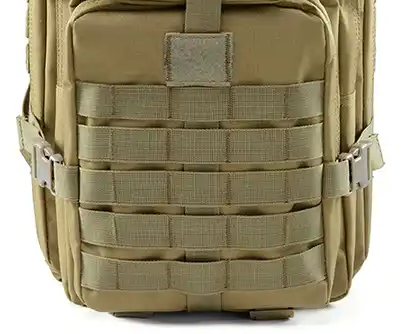
MOLLE webbing

Laser-cut panel
Comfort and load-bearing
To increase comfort during the extended wear, most tactical backpacks are equipped with padded shoulder straps, padded mesh back panels, detachable sternum straps (chest straps) and waist belts (hip belts). In such ways, weight can be distributed more evenly, and the use of mesh can reduce moisture buildup.
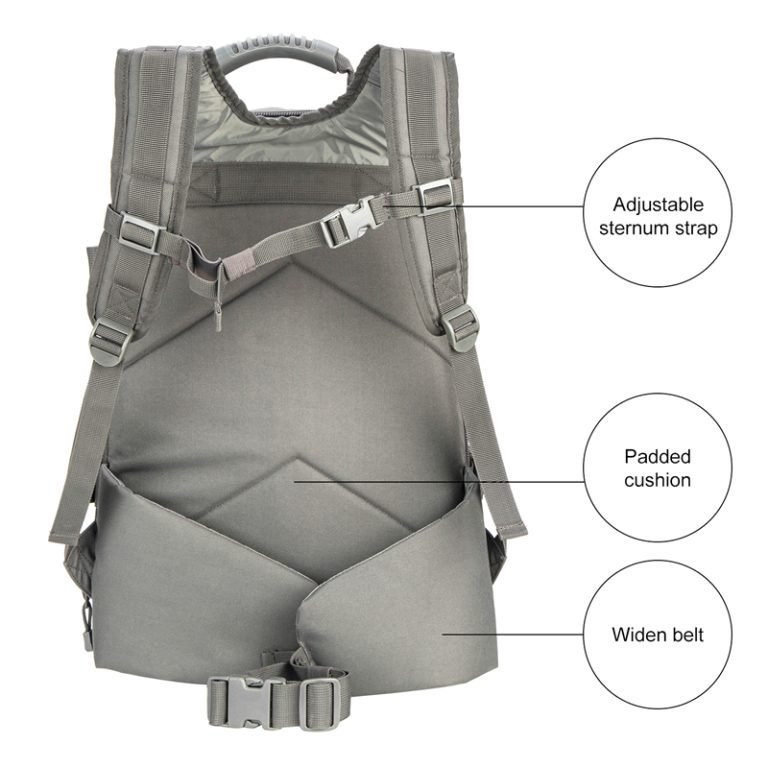
Hydration compatibility
Many tactical backpacks have built-in hydration compartments or pockets to hold hydration bladders, allowing users to access water conveniently during long-duration missions without having to stop and use a water bottle.
Colors and patterns
Tactical backpacks often feature colors like camouflage patterns, Multicam, coyote brown, or olive drab to match the user’s environment or uniform requirements. However, others are designed with a low-profile appearance for discreet use in urban environments.
Quick access
Many tactical backpacks include quick-release buckles or rapid access pockets for immediate access to essential items, such as firearms or first aid supplies.
Types of tactical backpacks
Tactical backpacks vary in volume. They are measured in terms of liters from around 5 liters to larger options of 60 liters or more. The greater the backpack’s volume, the more gear it can carry.
Small capacity (up to 20 liters)
These backpacks usually range from 5 to 20 Liters to hold only the essential items you need such as a phone, wallet, water bottle, etc. This volume is ideal for school, work, short-day trips, or as carry-on luggage, an everyday carry (EDC) bag.
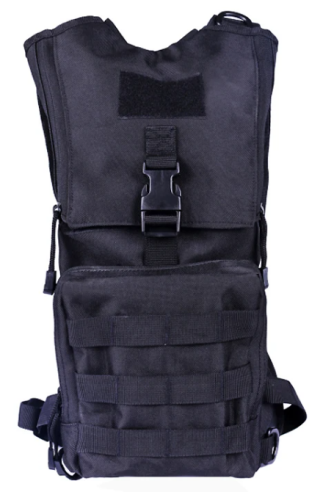
Medium capacity (20 to 40 liters)
These backpacks are larger to accommodate more gear when it comes to day hikes or overnight trips. They can typically carry a day’s worth of food and water, a small stove, a change of clothes, and even a compact sleeping bag.
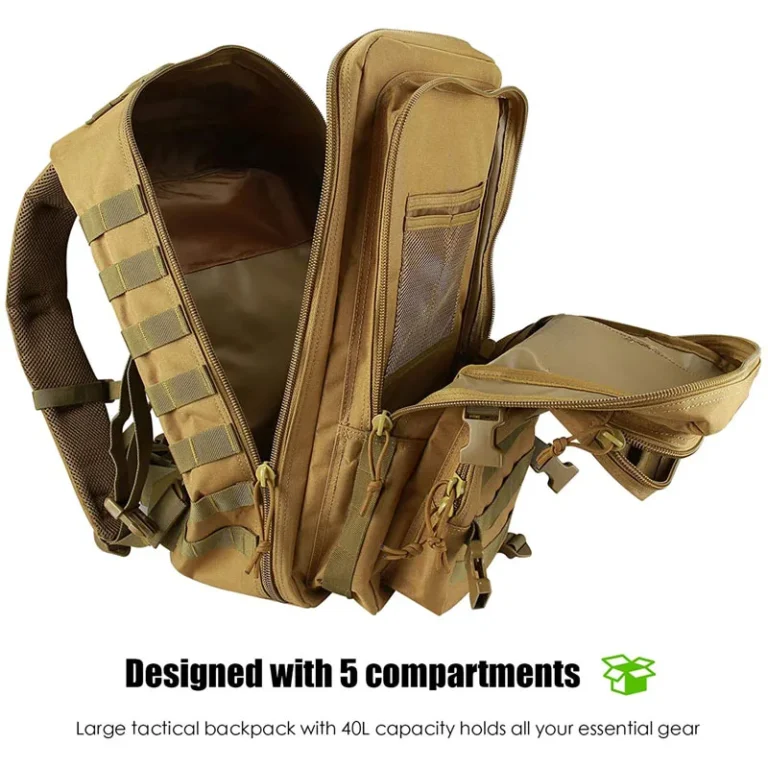
Large Capacity (40 to 70 Liters)
These multi-day backpacks, sometimes known as assault packs, are expandable and around 40 to 65 liters, making them perfect for an extended period of time.
They have enough space for larger items like a tent, sleeping pad, multiple changes of clothes, larger food supplies, and extra water.
These sizes of packs are usually constructed with extra features, such as a built-in hydration system, and a MOLLE webbing system.
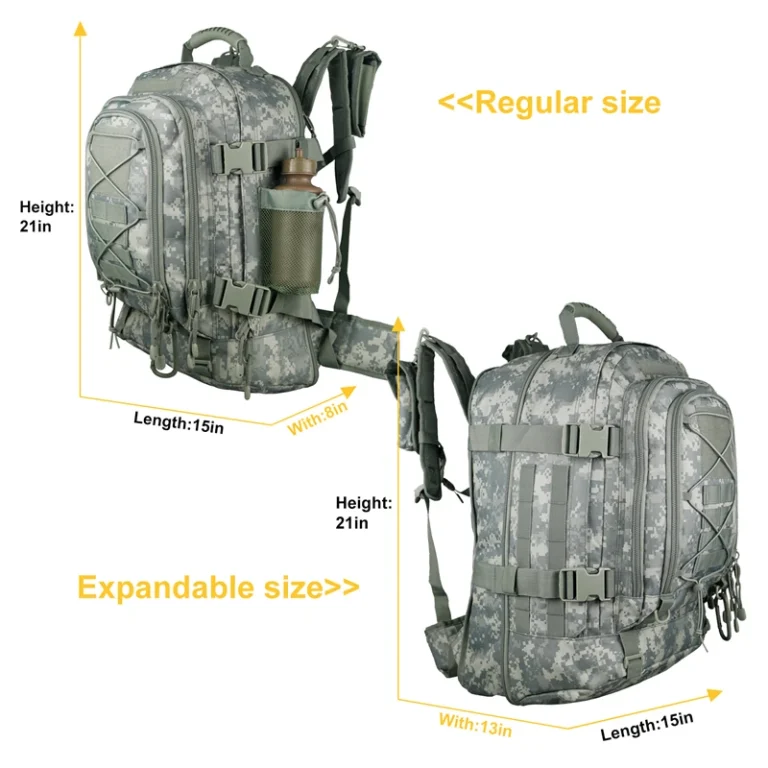
Extra-large capacity (70 Liters and above)
These backpacks are for extended expeditions where you need to carry as much as possible.
They can accommodate almost everything, including tents, sleeping bags, several changes of clothes, cooking gear, food supplies, and even specialized equipment for various outdoor activities or missions.
Materials of tactical backpacks
Tactical backpacks are primarily designed to withstand harsh conditions and heavy loads. So the materials need to be durable, water-resistant, abrasion-resistant to ensure longevity.
Here are some main materials that tactical backpacks are constructed of.
- Cordura: Cordura is an extremely tough fabric known for its remarkable resistance to abrasion and tear. It is nowadays widely used in bag’s and shoe ‘s constructions.
- Ballistic nylon: Originally used in flak jackets during World War II, ballistic nylon is an incredibly durable material with excellent resistance to scuffs, abrasion and punctures.
- Ripstop nylon: As its name implies, ripstop nylons are resistant to riping and tearing, enhancing the overall durability.
- High-denier nylon: High-denier nylon is a frequently-used material for the outer shell of tactical backpacks. The “denier” means the thickness and strength of the nylon fabric. Higher denier values indicate increased durability.
- Polyester: Polyester is primarily used in clothing. It may not provides the same level of toughness like nylon. But it is light, making it more comfortable and easy to carry for outdoor use. Polyester is also known for its resistance to UV radiation and moisture.
- PVC( polyvinyl chloride) or polyurethane(PU): Usually used as coating for the water-resistant purpose.
Organization of tactical backpacks
A well-organized tactical backpack ensures that you can quickly find what you need when you need it most. It saves your time and enhances your overall experience. The full potential of tactical backpacks is realized when you know how to efficiently organize the contents within.
1.Utilizing compartments and pockets
1.1 Main compartment
It’s the primary storage space of the backpack. It can accommodate larger items such as clothing, sleeping bags, or larger gear. Suitable for less frequently used items.
1.2 Admin pocket
It is designed for smaller items like notepads, and documents. It often contains dividers or slots to keep everything in place and handy.
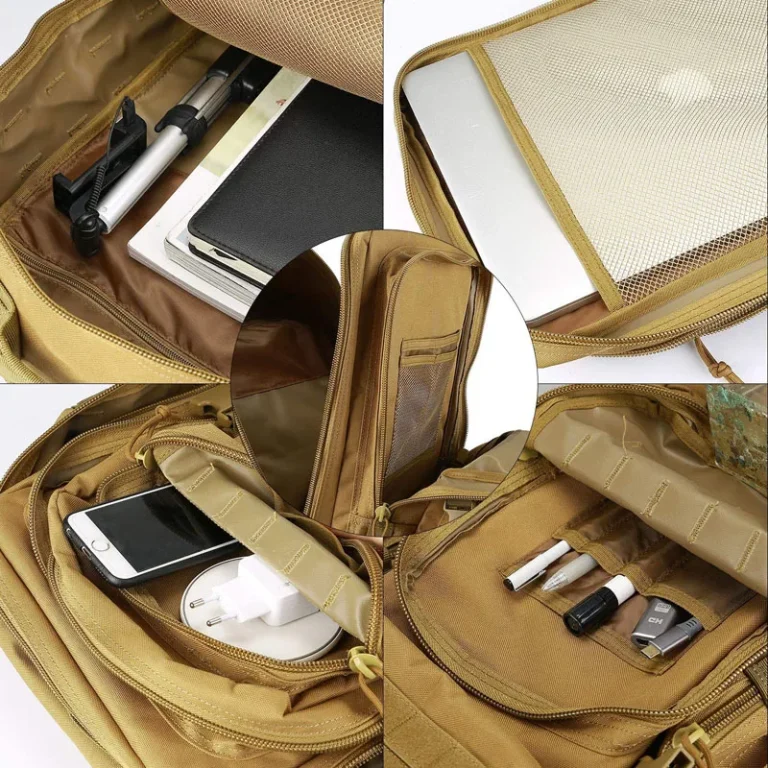
1.3 Exterior pockets
They are suitable for frequently used items that need quick access to, such as first aid kits,water bottles, multi-tools, or snacks.
1.4 Hydration bladder sleeve/pocket
This pocket includes a hole for the hydration tube, allowing you to stay hydrated on the go.
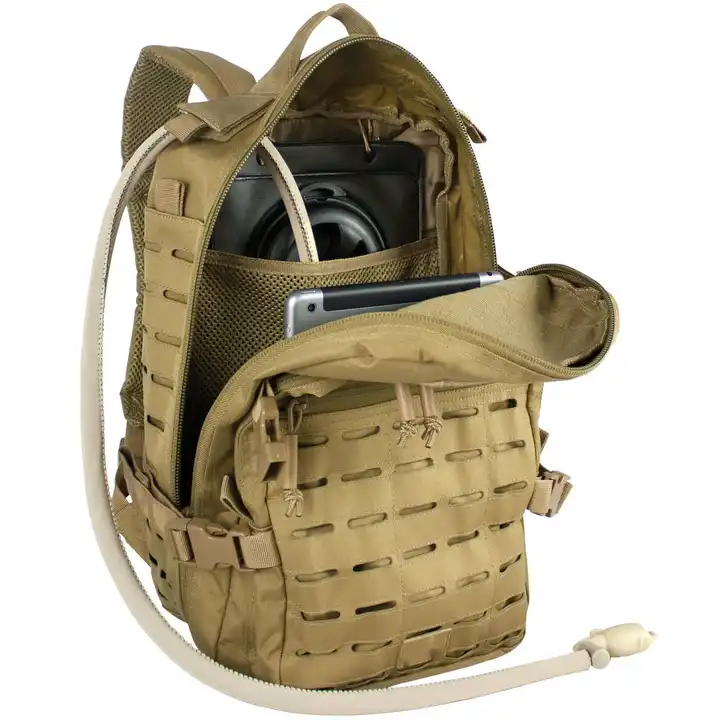
1.5 Hidden pockets and dividers
For further organization, some tactical backpacks offer hidden pockets or dividers. These pockets are ideal for storing valuable items or sensitive gear such as guns. Dividers can help separate things within a compartment, reducing clutter and making it easier to find what you need.
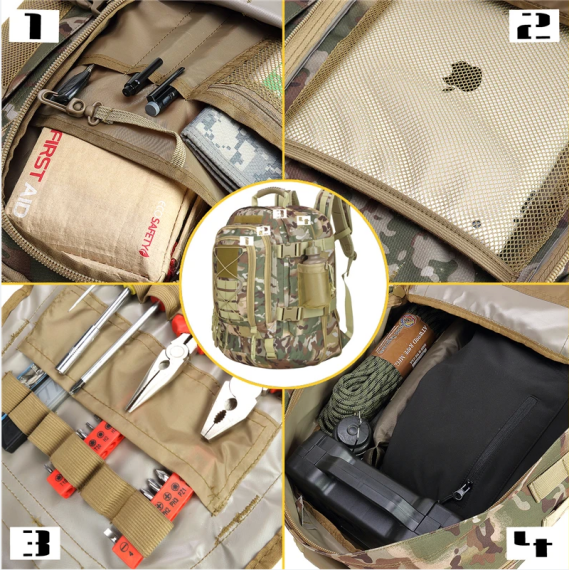
2. Compression straps
More than just securing your load, compression straps help with organization. By tightening the straps, you can stop your gear from shifting while on the move. Furthermore, they provide space for attaching extra gear or securing a sleeping bag or mat.
3. Velcro fields
Many tactical backpacks have velcro panels for attaching morale patches, insignia, or identification markers.
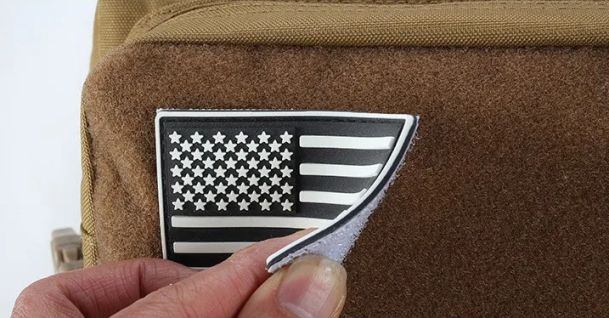
4. Maximizing the MOLLE system
The MOLLE webbing consists of rows of durable nylon webbing, stitched onto the outside of the backpacks. It offers the opportunity to add or remove extra pouches and accessories based on personal needs, enhancing the backpack’s carrying capacity and organization.
4.1 Specialized pouches and accessories
Purpose-built pouches can greatly improve your organization. Think about investing in specialized pouches and accessories designed for tactical backpacks. These could be medical pouches, tool organizers, admin pouches for documents, or more.
4.2 MOLLE webbing
MOLLE is the acronym for Modular Lightweight Load-carrying Equipment. It is a system of webbing, pouches used for adding gear and accessories to tactical backpacks, vests, and other equipment. The MOLLE system was first introduced for military use but has since been adopted by law enforcement, outdoor enthusiasts, and anyone who requires versatile and organized load-carrying capabilities.
Tactical backpacks typically come equipped with MOLLE webbing (PALS webbing) or laser-cut designs on the outside to attach extra storage pouches. These pouches provide rapid access to the gear you need most.
Instead of having to stop, remove your backpack, unzip it, and search for items, a pouch allows you to reach, grab, and reload simply.
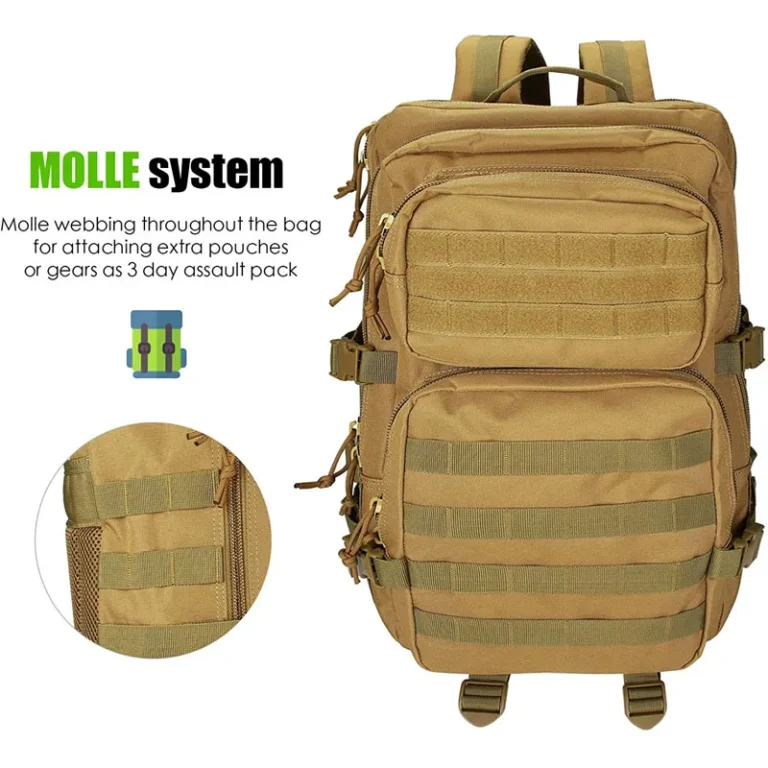
When packing your backpack, remember these core principles:
- Place heavy items to the bottom and to your back to stay balanced.
- Keep frequently used items on the top of compartments or in the outer pockets or MOLLE pouches for quick access.
- Distribute weight on both the left and right sides of your backpack to avoid strain on your back and shoulders.
- Use compression straps or stuff sacks (small bags) to divide your items into different sections and keep them safe.
Tactical backpacks for different purposes
A tactical backpack is versatile and it serves various kinds of applications.
- Military and law enforcement: A tactical backpack is a perfect solution for military Personnel, law enforcement officers, and other similar professionals to carry weapons, ammunition, medical supplies, communication equipment and much more in an organized way.
- Emergency preparedness: Tactical backpacks are useful during emergencies or disasters. They can contain all the essential survival items such as food, water bottles, medical supplies, flashlights, and communication devices.
- Outdoor adventures: Many outdoor enthusiasts use tactical backpacks in hiking, camping, cycling or other excursions. These backpacks offer large storage space for clothing, food, water, and essential equipment.
- Hunting: Hunters often choose tactical backpacks to carry hunting gear, such as ammunition, knives, GPS devices and other related items. These backpacks usually come in camouflage patterns to blend into the environment.
- Travel: Travelers also appreciate the durable construction and organization features of tactical backpacks. They can be used for carry-on luggage or daypacks.
- Everyday carry (EDC): Some people may associate tactical backpacks with more adventurous environments. The truth is that these bags can also serve as a good option to carry their daily essentials for school or work, such as books, water bottles, toiletries, laptops, and other personal items. These backpacks are smaller in sizes.
- Sports and gym: Tactical backpacks are also used as gym bags because they can accommodate workout clothing, shoes, towels, water bottles, and fitness accessories due to their spacious interior.
In summary, tactical backpacks are not only used in the above scenarios, but also suitable for settings that require durability, functionality and adjustability.
Differences between a tactical backpack and a regular backpack
The primary differences between tactical backpacks and regular backpacks lie in their intended purposes, durabilities, organization and customization options, and security features.
First of all, tactical backpacks are designed primarily for military, law enforcement, outdoor, or survival use while regular backpacks are more suitable for general daily use, such as commuting to school or work, carrying personal items and traveling.
Secondly, tactical backpacks are made with durable, rugged materials that can withstand abrasion, tear, and bad weather. Regular backpacks may use lighter fabrics like canvas or polyester. And they seldom use camouflage patterns or military aesthetics as tactical backpacks do.
Thirdly, tactical backpacks offer numerous compartments and pockets for storing and organizing essential items efficiently. They commonly have MOLLE webbing for attaching additional gear, pouches, and accessories as needed. However, regular backpacks have fewer organizational storage and lack the MOLLE webbing and modularity found in tactical backpacks.
Lastly, regular backpacks generally do not have concealed carry compartments for guns and dedicated compartments for holding hydration bladders as tactical backpacks.
In short, tactical backpacks prioritize durability, utility, adaptability and efficiency over fashion trends or aesthetics of regular backpacks.
Key considerations when choosing a tactical backpack
Tactical backpacks come in a wide range of materials, styles, sizes, brands, and prices. When choosing the right tactical backpack for your needs, consider the following factors.
Purpose
Define the primary purpose of your backpack. Whether it’s for military operations, outdoor activities, or daily use. Different purposes often require specific features.
Materials and durability
Tactical backpacks are made with durability in mind. The materials used in the construction will directly impact the packs’ lifespan. These materials typically have a denier rating to indicate their overall thickness and sturdiness. Look for a denier rating of at least 500 to ensure your backpack will maintain its ruggedness over time.
Size and capacity
Tactical backpacks vary in volume. Think about the size and quantity of items you plan to carry with you.
Organization and customization
Evaluate the way you would like to organize your items and whether you need extra storage space. If you need it, look for a backpack with a MOLLE system.
Comfort and fit
Consider one that has padded shoulder straps, adjustable sternum straps, and waist belts to help with even weight distribution. Mesh back panels also increase overall comfort.
Water resistance
Consider choosing a tactical backpack that is waterproof or at least water-resistant, if you will be in wet environments. It will protect your gear from moisture.
- Budget: Set a budget. Find an affordable one without compromising quality.
Conclusion
All in all, tactical backpacks are more than just gear carriers. They are reliable companions for their durability, organization, and versatility in every situation. Your choice should align with your specific needs and preferences, but rest assured that a well-selected tactical backpack will pay off in the long run.
AET provides a one-stop solution to your tactical backpack products, from design to delivery. If you have any questions or concerns, please feel free to contact us. We will be glad to offer assistance.
FAQs on tactical backpacks
Q: What is a tactical backpack?
A: A tactical backpack is a durable, versatile bag designed for military or outdoor use, featuring multiple compartments and MOLLE (Modular Lightweight Load-carrying Equipment) webbing for attaching gear.
Q: How heavy is a tactical backpack?
A: The weight of a tactical backpack can vary widely. But on average, empty tactical backpacks weigh between 2 to 5 pounds (0.9 to 2.3 kilograms), depending on their size, materials, and design features.
The larger the capacity of the pack and the more durable material used in terms of denier, the heavier it is.
Q: What to put in a tactical backpack?
A: It depends on what you’re going to do. But the basic common items you may need in your tactical backpack are food, water, clothing, personal hygiene items, first aid kits, communication devices, tools, GPS, maps, and other task-specific gear.
Q: How to clean and maintain a tactical backpack?
A: Clean with a mild detergent, rinse thoroughly, and air dry. Avoid harsh chemicals and machine washing. When not in use, store it in a cool, dry place away from direct sunlight. Empty all pockets and slightly open zippers.
Q: Is the tactical backpack machine washable?
A: Most tactical backpacks are not recommended for machine washing due to their robust materials and specialized features like MOLLE webbing, metal zippers, and reinforced stitching. Machine washing can damage these features and degrade the material.
Instead, it’s advisable to wash a tactical backpack by hand using mild soap and a soft brush, and then air drying it. Always check the manufacturer’s care instructions for the best cleaning practices specific to your backpack.
Regular cleaning, inspecting for damage, and appropriate storage will help maximize its lifespan and maintain its functionality.
Q: Can I carry a laptop in a tactical backpack?
A: Yes. Many tactical backpacks can be served as laptop backpacks with dedicated compartments designed to hold them securely. Make sure the dimensions of the compartment accord with your laptop’s size.
Q: Are tactical backpacks allowed as carry-on luggage on airplanes?
A: Tactical backpacks can be used as carry-on luggage on airplanes as long as they adhere to the airline’s size and weight limits and comply with security regulations. It’s better to check with your airline’s policies.
Q: What makes a tactical backpack different from a regular backpack?
A: Tactical backpacks are primarily designed for military use or outdoor activities, featuring robust construction, modular design for gear attachment, and better weight distribution.
Q: What are the key features of a tactical backpack?
A: The key features include high durability, multiple compartments, MOLLE webbing, hydration bladder compatibility, and ergonomic design for comfort. These make a backpack tactical.
Q: How to choose the right size for a tactical backpack?
A: The typical capacities of tactical backpacks commonly range from 20 liters to 40+ liters. It depends on your intended use: day trips (20-30 liters), multi-day trips (30-40 liters), or extended use (40+ liters).
Q: What materials are commonly used in tactical backpacks?
A: Tactical backpacks are typically made from high-denier nylon or polyester, sometimes with a rip-stop weave for enhanced durability.
Q: How long do tactical backpacks typically last?
A: Quality tactical backpacks can last for several years, often 5 to 10 years or more, even under rough use, depending on care and frequency of use.
Q: What kind of compartments and pockets should I look for in a tactical backpack?
A: Look for multiple compartments and pockets for organization, including main compartments, side pockets, and specialized pockets like a laptop sleeve or hydration compartment.
Q: How to organize gear in a tactical backpack effectively?
A: Use the main compartment for larger items, smaller pockets for quick-access items, and external MOLLE webbing for additional gear.
Q: How should a tactical backpack fit for maximum comfort?
A: It should sit comfortably on your shoulders with adjustable straps to distribute weight evenly. The waist and chest straps should secure the pack without restricting your movement.
Q: What features contribute to the comfort of a tactical backpack?
A: Padded shoulder straps, a padded back panel, adjustable waist and chest straps, and a breathable design.
Q: Can I attach additional gear to my tactical backpack?
A: Yes, you can attach additional pouches or gear to your tactical backpack if it has MOLLE (Modular Lightweight Load-carrying Equipment) webbing, D-rings, or other attachment points designed for this purpose.
Q: How do MOLLE/PALS systems work on tactical backpacks?
A: The MOLLE/PALS system on tactical backpacks consists of durable nylon webbing stitched onto the backpack in rows. Gear with compatible straps can be interwoven and snapped into place.
Q: Are tactical backpacks waterproof?
A: Actually, most of them are water-resistant but not fully waterproof. You can use a rain cover or waterproof liners/bags inside the backpack to protect sensitive items in heavy rain.
Q: What color options are available for tactical backpacks?
A: Tactical backpacks are available in a range of colors, from tactical colors like black and olive drab to camouflage patterns. Color choice is mainly a matter of personal preference and does not affect functionality.
Q: What are the differences between civilian and military-grade tactical backpacks?
A: Military-grade backpacks are built tougher and are ready for combat, with features for attaching gear. Civilian backpacks are more about comfort and everyday use.
Q: Is it ok to wear a military backpack?
A: Yes, it is generally acceptable to wear a military or tactical backpack for civilian use, as long as it’s for practical, outdoor, or personal organization purposes, and respects any sensitivities related to military apparel in specific contexts.


